
Deutsch-Chinesische Enzyklopädie, 德汉百科
 Mexico
Mexico
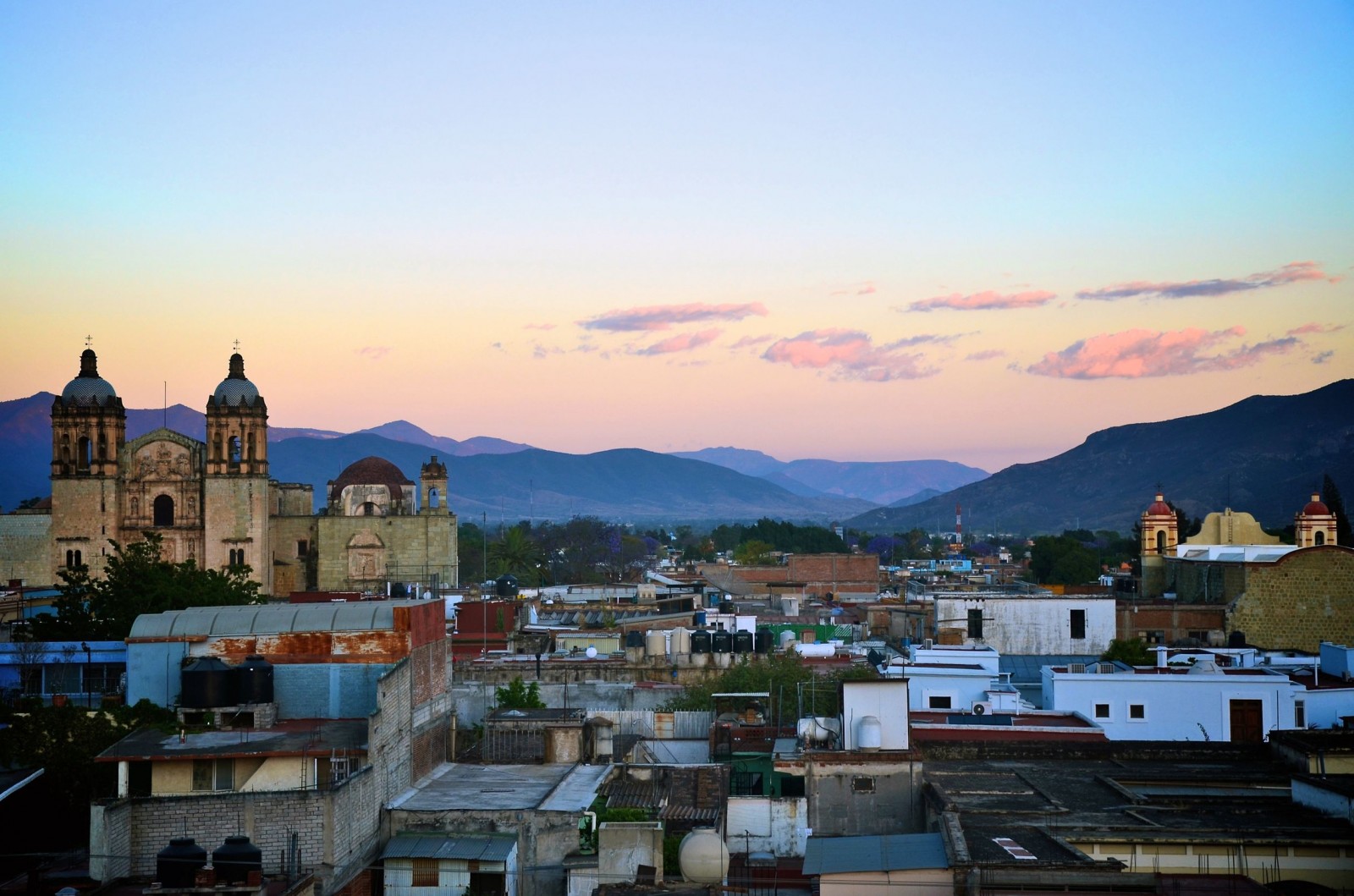
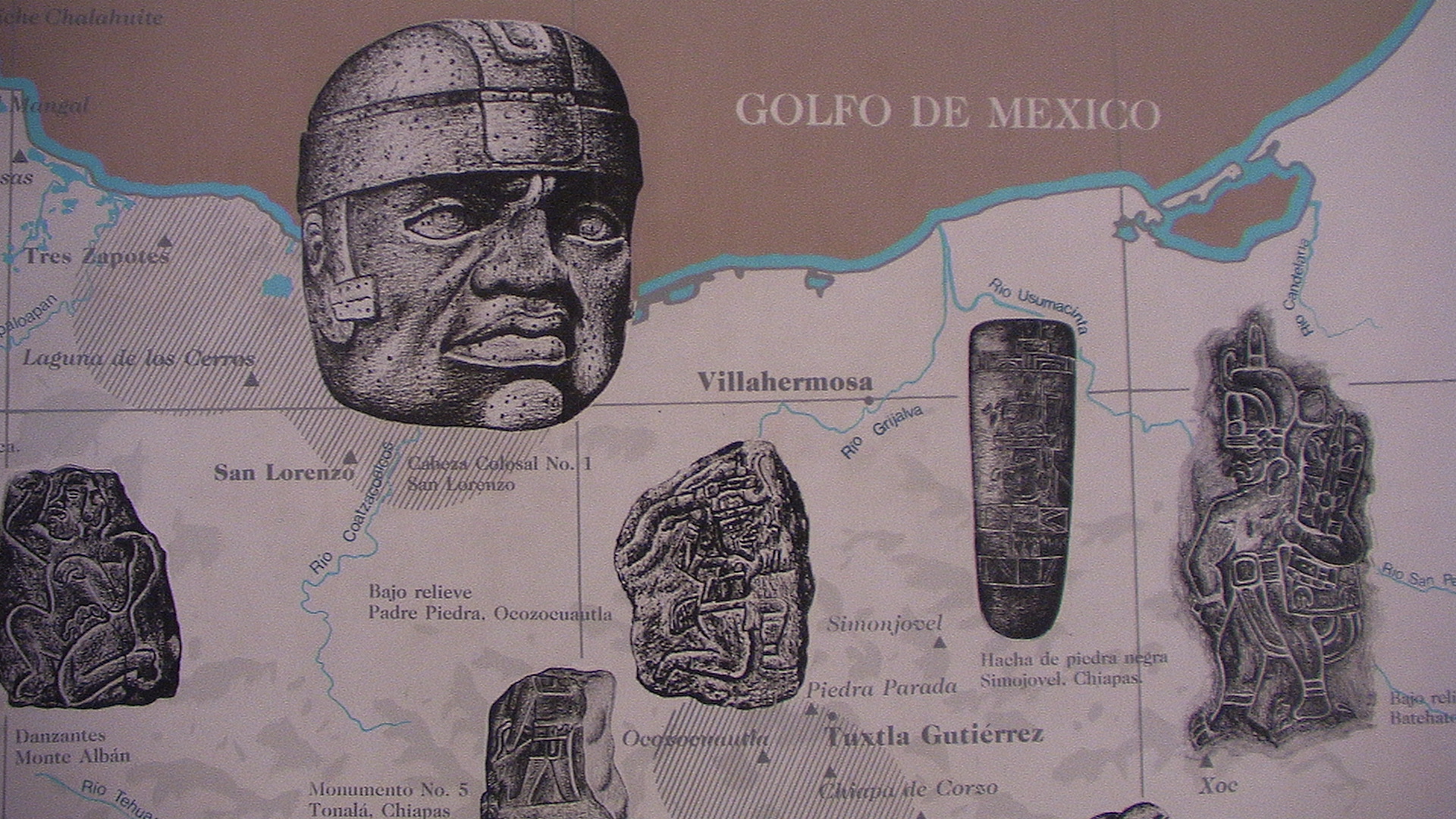
奥尔梅克文明(Olmec)是已知的最古老的美洲文明之一。它存在和繁盛于公元前1200年到公元前400年的中美洲(现在的墨西哥中南部)。
“奥尔梅克”一词源自纳瓦特尔语中用以指奥尔梅克人的单词Ōlmēcatl(发音:/oːlˈmeːkat͡ɬ/,此词在纳瓦特尔语中之众数形为Ōlmēcah,发音/oːlˈmeːkaʔ/),而在纳瓦特尔语中,此词为ōlli(意即“橡胶”,发音/ˈoːlːi/)和mēcatl(意即“人”,发音/ˈmeːkat͡ɬ/)的合成词,故Ōlmēcatl在纳瓦特尔语中的意思可解作“胶人”。
Als Olmeken (von Nahuatl Singular Ōlmēcatl beziehungsweise Plural Ōlmēcah für „Leute aus dem Kautschukland“) wurden von Archäologen die Träger der mittelamerikanischen La-Venta-Kultur bezeichnet. Ihre tatsächliche ethnische Zugehörigkeit ist unbekannt. Die Kultur der Olmeken ist von etwa 1500 bis um 400 v. Chr. entlang der Küste des Golfs von Mexiko nachweisbar. Ihre bekanntesten kulturellen Hinterlassenschaften sind mehrere Kolossalköpfe. Ob die Kultur der Olmeken als Proto-Maya-Kultur angesehen werden kann, wurde vielfach diskutiert, ist aber wegen des großen zeitlichen und räumlichen Abstands eher unwahrscheinlich.
オルメカ(Olmeca)は、紀元前1200年頃から紀元前後にかけ、先古典期のメソアメリカで栄えた文化・文明である[1]。アメリカ大陸で最も初期に生まれた文明であり、その後のメソアメリカ文明の母体となったことから、「母なる文明」と呼ばれる[2]。
オルメカとは、ナワトル語で「ゴムの国の人」を意味し、スペイン植民地時代にメキシコ湾岸の住民を指した言葉である。巨石や宝石を加工する技術を持ち、ジャガー信仰などの宗教性も有していた。その美術様式や宗教体系は、マヤ文明などの古典期メソアメリカ文明と共通するものがある。
オルメカの影響は中央アメリカの中部から南部に広がっていたが、支配下にあったのは中心地であるメキシコ湾岸地域に限られた[4]。その領域はベラクルス州南部からタバスコ州北部にかけての低地で、雨の多い熱帯気候のため、たびたび洪水が起こった。しかし、河川によって肥沃な土地が形成され、神殿を中心とした都市が築かれた[2]。
オルメカの文化は、出土するさまざまな石像に現れている。人間とジャガーを融合させた神像は、彼らにジャガーを信仰する風習があったことを物語っている[2]。祭祀場では儀式としての球技が行われ、その際には人間が生贄として捧げられた[4]。また、絵文字や数字を用い、ゼロの概念を持つなど、数学や暦が発達していた[2]。
The Olmecs (/ˈɒlmɛks, ˈoʊl-/) were the earliest known major civilization in Mesoamerica following a progressive development in Soconusco. They lived in the tropical lowlands of south-central Mexico, in the present-day states of Veracruz and Tabasco. It has been speculated that the Olmecs derive in part from neighboring Mokaya or Mixe–Zoque.
The Olmecs flourished during Mesoamerica's formative period, dating roughly from as early as 1500 BCE to about 400 BCE. Pre-Olmec cultures had flourished in the area since about 2500 BCE, but by 1600–1500 BCE, early Olmec culture had emerged, centered on the San Lorenzo Tenochtitlán site near the coast in southeast Veracruz.[1] They were the first Mesoamerican civilization, and laid many of the foundations for the civilizations that followed.[2] Among other "firsts", the Olmec appeared to practice ritual bloodletting and played the Mesoamerican ballgame, hallmarks of nearly all subsequent Mesoamerican societies. The aspect of the Olmecs most familiar now is their artwork, particularly the aptly named "colossal heads".[3] The Olmec civilization was first defined through artifacts which collectors purchased on the pre-Columbian art market in the late 19th century and early 20th century. Olmec artworks are considered among ancient America's most striking.[4]
Les Olmèques sont un ancien peuple précolombien de Mésoamérique s'étant épanoui de 1200 av. J.-C. jusqu'à 500 av. J.-C. sur la côte du golfe du Mexique, dans le bassin de Mexico, et le long de la côte Pacifique (États du Guerrero, Oaxaca et Chiapas). Issu du terme nahuatl olmeca, qui signifie « les gens du pays du caoutchouc », ce mot est lié à la découverte de la première tête colossale olmèque, en 1862. Le terme « olmèque » a été officialisé en 1942 par les olmécologues.
Gli Olmechi erano un'antica civiltà precolombiana che viveva nell'area tropicale dell'odierno Messico centro-meridionale, approssimativamente negli stati messicani di Veracruz e Tabasco sull'Istmo di Tehuantepec. La civiltà olmeca fiorì durante il periodo formativo (pre-classico) mesoamericano (vedi Cronologie mesoamericane), estendentesi approssimativamente dal 1400 a.C. al 400 a.C. Gli Olmechi costituirono la prima civiltà mesoamericana e stabilirono le fondamenta delle culture successive. Esistono prove che gli Olmechi praticassero il sacrificio umano e praticassero un primitivo gioco con la palla (Giochi con la palla mesoamericani), caratteristiche di tutte le successive culture. L'influenza culturale olmeca fu molto ampia, tanto che opere d'arte di questa civiltà sono state trovate anche a El Salvador. Questo popolo ebbe il predominio nella sua area da circa il 1200 a circa il 400 a.C. e da molti è considerata la cultura madre di tutte le successive civiltà mesoamericane.
Il cuore del territorio olmeco (la cosiddetta area nucleare olmeca) è caratterizzato da pianure alluvionali, costellate da creste di basse colline e da vulcani. Le Montagne Tuxtlas vanno a nord, lungo la baia di Campeche. E fu proprio qui che gli olmechi costruirono complessi templari, fra cui San Lorenzo Tenochtitlán, La Venta, Tres Zapotes, Laguna de los Cerros e La Mojarra. La loro influenza si estese dagli altopiani alla costa del Pacifico, vicino all'odierno Guatemala (come dimostrano i ritrovamenti di divinità olmeche).
Questa civiltà emerse e dominò tra il 1200 e il 400 a.C. e sembra che sia stata anche la prima civiltà mesoamericana a sviluppare un sistema di scrittura, anche se non ne sono ancora stati trovati esempi. Attualmente si dibatte se i simboli trovati nel 2002 e datati 650 a.C. siano o meno una forma di scrittura olmeca precedente a quella zapoteca, datata intorno al 500 a.C.[1] Ci sono anche altri geroglifici successivi, conosciuti come Epi-Olmechi, cioè post-olmechi: e se alcuni ritengono che questo epi-olmeco potrebbe essere una traslitterazione scritta che si colloca tra un precedente e sconosciuto sistema di scrittura olmeca e la scrittura dei maya, la questione resta comunque irrisolta e aperta.
Gli Olmechi sarebbero anche gli inventori del gioco della palla, che si diffuse anche nelle altre culture della regione con scopi sia ricreativi sia cerimoniali.
Attorno all'anno 1000 a.C. gli Olmechi, primi conoscitori della pianta di cacao, chiamavano il cacao kakawa; in seguito, esso fu rinominato kakaw dai Maya. [2]
Le caratteristiche e le tematiche della loro religione si svilupparono anche in seguito nelle altre culture dell'area. Stessa cosa accadde per la struttura fortemente gerarchica e verticistica delle loro città-stato.
La cultura olmeca fue la civilización que se desarrolló durante el periodo Preclásico de Mesoamérica. Aunque se han encontrado vestigios de su presencia en amplias zonas de Mesoamérica, se considera que el área nuclear olmeca —zona metropolitana— abarca la parte sureste del estado de Veracruz y el oeste de Tabasco. En ese sentido, es necesario hacer la aclaración de que el etnónimo olmeca les fue impuesto por los arqueólogos del siglo XX, y no debe ser confundido con el de los olmeca-xicalancas, que fueron un grupo que floreció en el epiclásico en sitios del centro de México, como Cacaxtla.
Durante mucho tiempo se consideró que la olmeca era la cultura madre de la civilización mesoamericana.1 Sin embargo, no está claro el proceso que dio origen al estilo artístico identificado con esta sociedad, ni hasta qué punto los rasgos culturales que se revelan en la evidencia arqueológica son creación de los olmecas del área nuclear. Se sabe, por ejemplo, que algunos de los atributos propiamente olmecas pudiesen haber aparecido, primero en Chiapas o en los Valles Centrales de Oaxaca. Entre otras dudas que están pendientes de respuesta definitiva, está la cuestión de los numerosos sitios asociados a esta cultura en la Depresión del Balsas (centro de Guerrero). Sea cual haya sido el origen de la cultura olmeca, la red de intercambios comerciales entre distintas zonas de Mesoamérica contribuyó a la difusión de muchos elementos culturales que son identificados con la cultura olmeca, incluidos el culto a las montañas y a las cuevas; el culto a la Serpiente Emplumada, como deidad asociada a la agricultura, el simbolismo religioso del jade e, incluso, el propio estilo artístico, que fue reelaborado intensamente en los siglos posteriores a la declinación de los principales centros de estos tiempos.
Ольме́ки — название племени, упоминающееся в ацтекских исторических хрониках. Название дано условно, по одному из небольших племен, живших на указанной ниже территории[1]. Создатели первой «крупной» цивилизации в Мексике, которая была наследницей культур, последовательно развивавшихся в Соконуско (на юго-западе мексиканского штата Чьяпас)[2]. Ольмеки обитали в тропических долинах южной и центральной Мексики на территории современных штатов Веракрус и Табаско. Возможно, родственны создателям культуры Мокая из Соконуско и носителям языков михе-соке.
Цивилизация ольмеков процветала в течение периода становления Мезоамерики примерно с 1500 до н. э. до 400 до н. э. Доольмекская культура существовала примерно с 2500 до н. э. по 1600-1500 до н. э. Ранние формы культуры ольмеков появились в районе Сан-Лоренсо-Теночтитлана неподалёку от побережья океана в юго-восточной части современного мексиканского штата Веракрус[3]. Во многих отношениях эта мезоамериканская цивилизация стала пионерской, повлияв на все последующие[4]. Например, ольмеки первыми ввели практику ритуального кровопролития и игру в мяч.
О цивилизации ольмеков стало известно в конце XIX — начале XX века, когда собиратели артефактов доколумбовой эпохи обнаружили на рынке казавшиеся необычными изделия. Сегодня ольмеки известны широкой публике прежде всего своими произведениями искусства, особенно гигантскими головами[5].

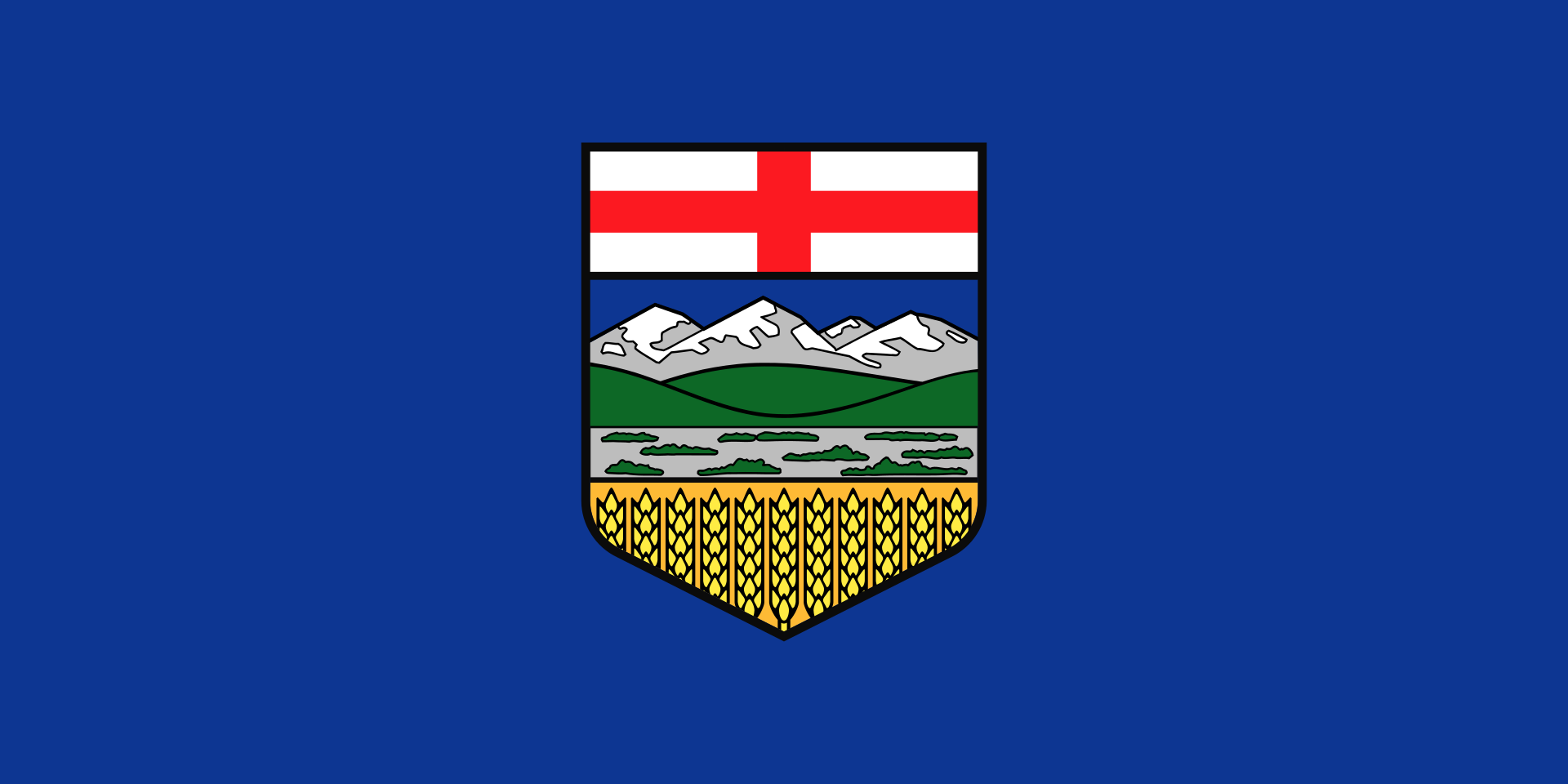 Alberta-AB
Alberta-AB
 Australia
Australia

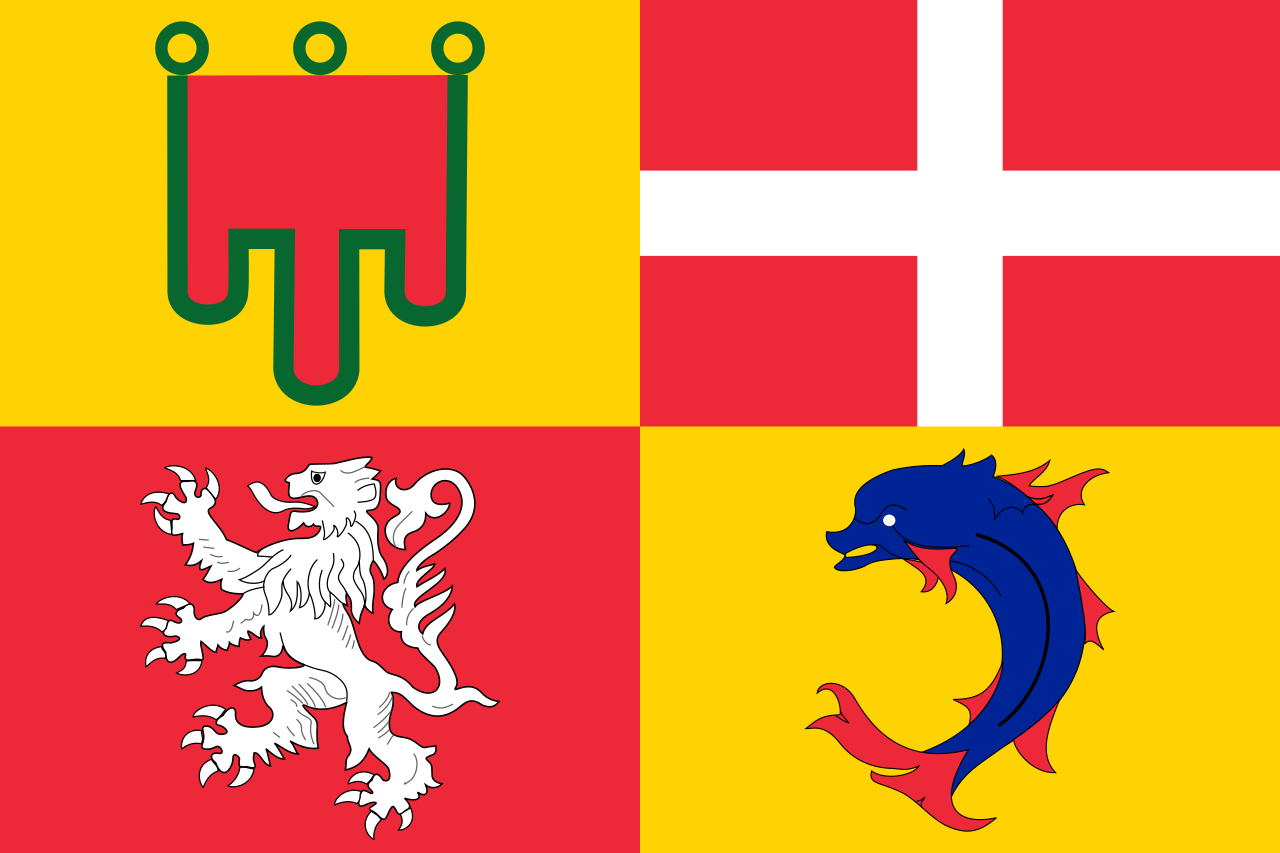 Auvergne-Rhône-Alpes
Auvergne-Rhône-Alpes

 Bavaria
Bavaria
 Beijing Shi-BJ
Beijing Shi-BJ
 Belgium
Belgium

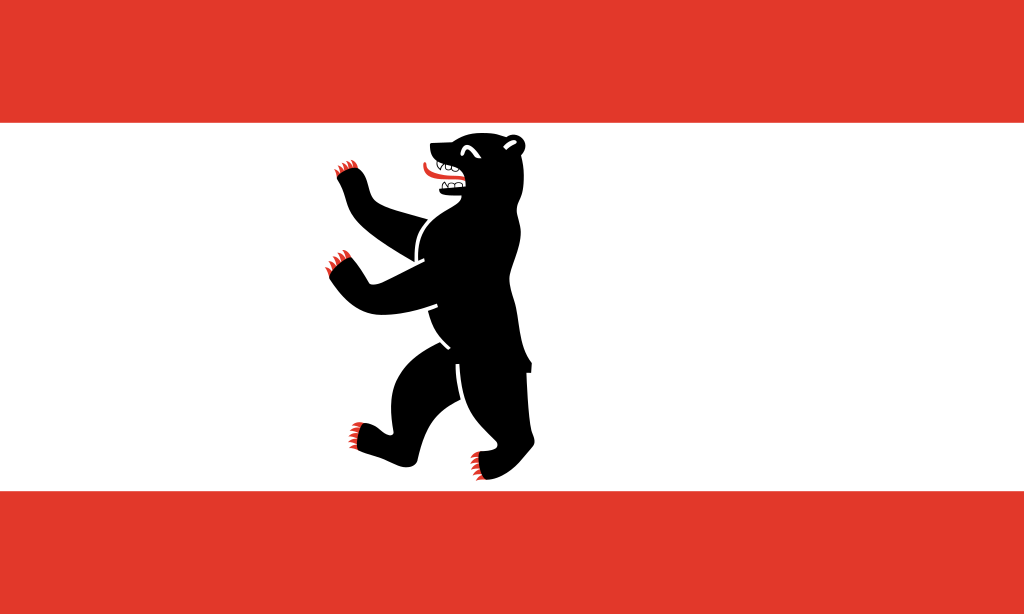 Berlin
Berlin
 Bosnia Herzegovina
Bosnia Herzegovina
 Brazil
Brazil

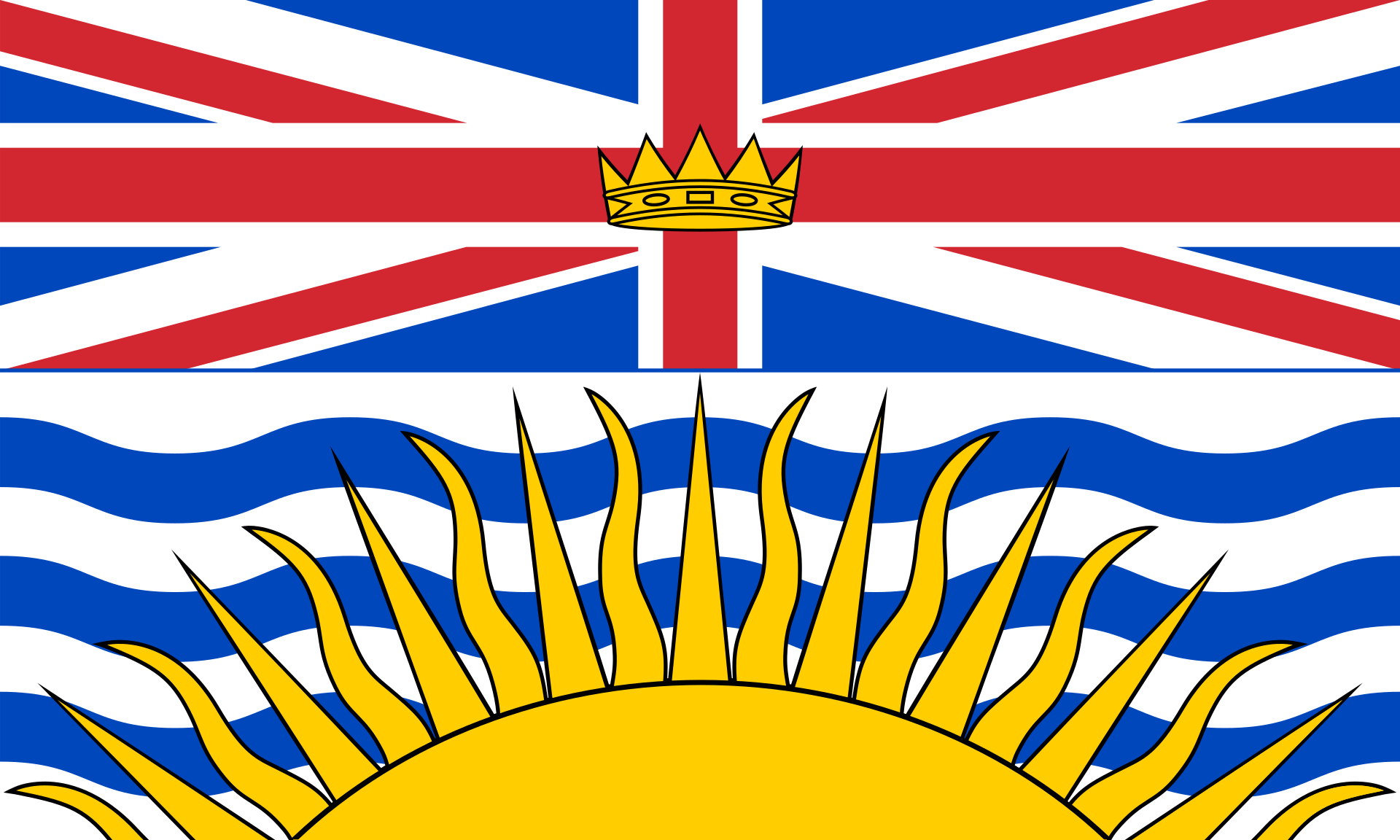 British Columbia-BC
British Columbia-BC

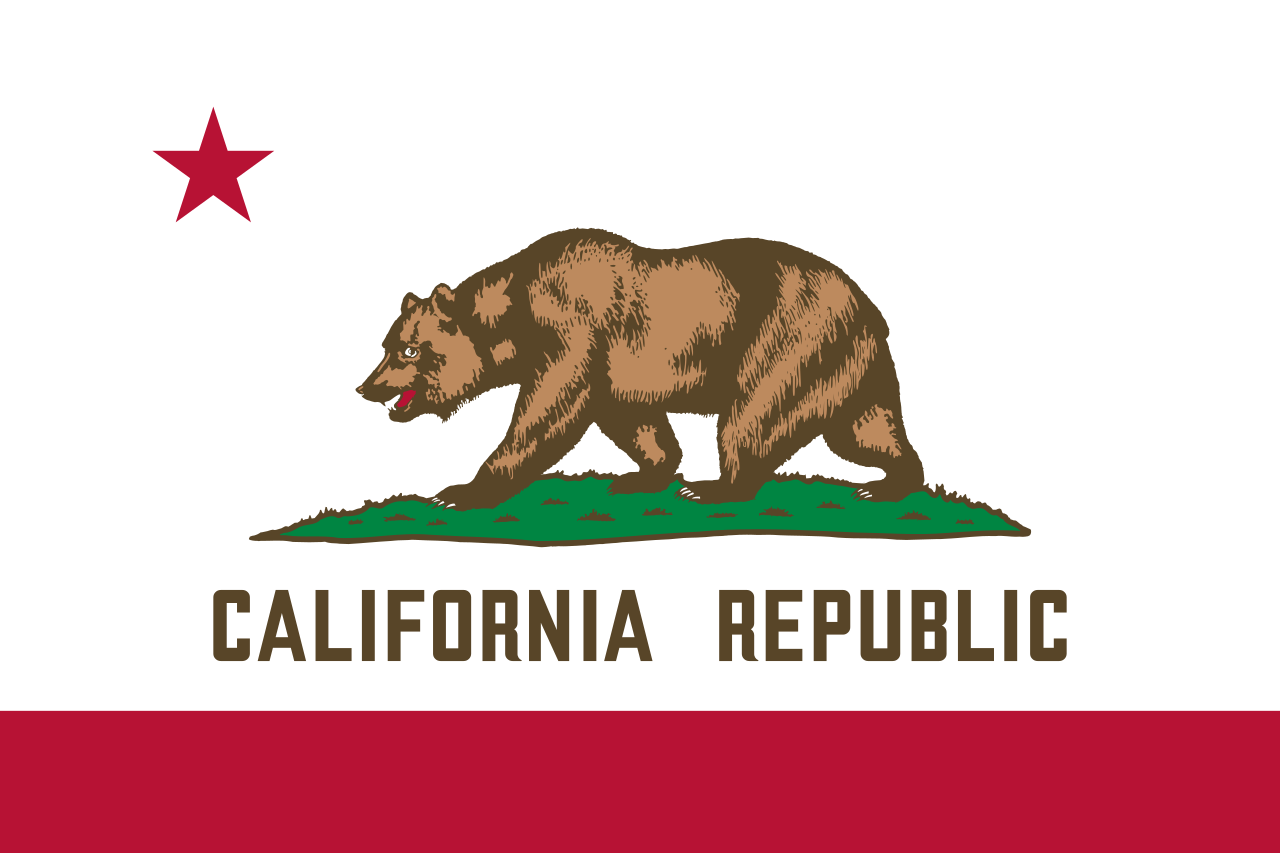 California-CA
California-CA

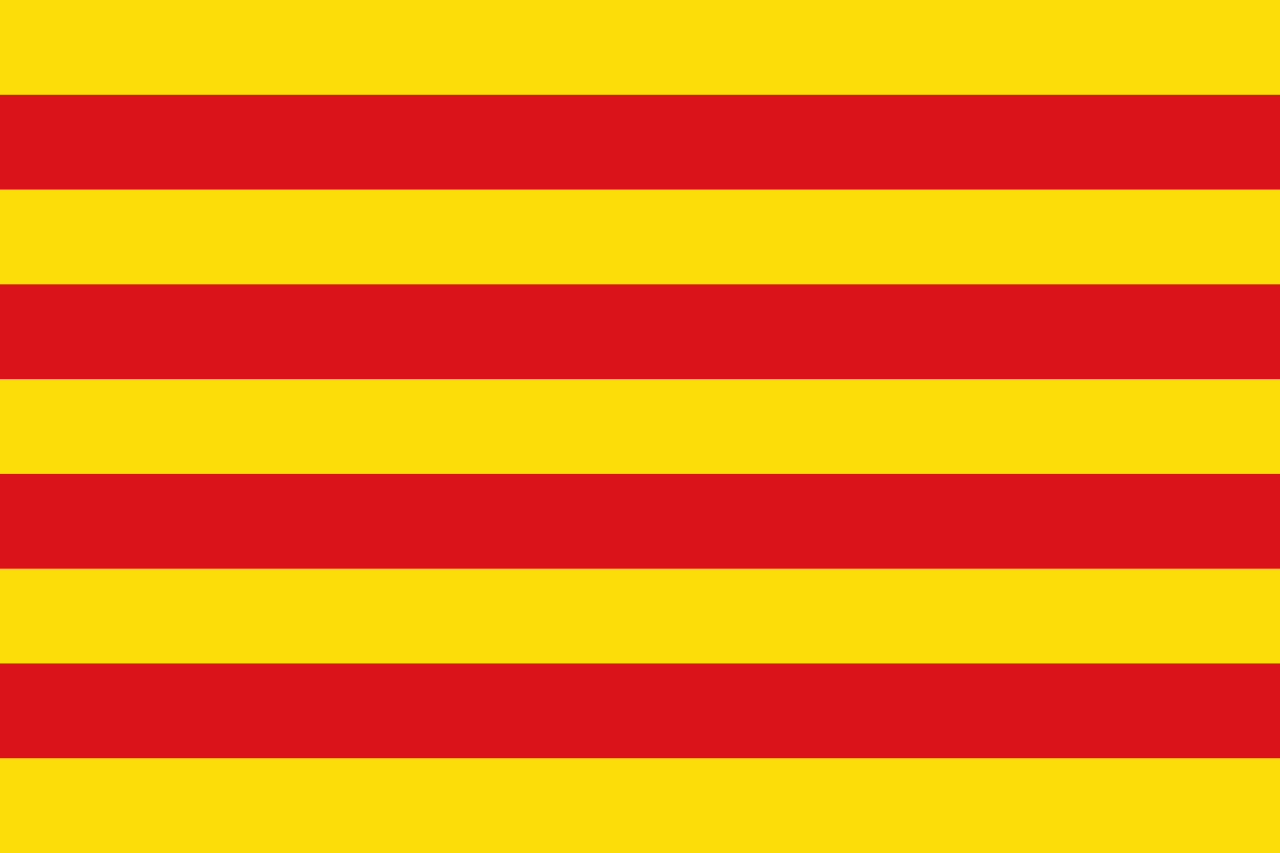 Cataluña
Cataluña
 China
China
 Chūbu
Chūbu
 Germany
Germany
 England
England
 Finland
Finland
 France
France

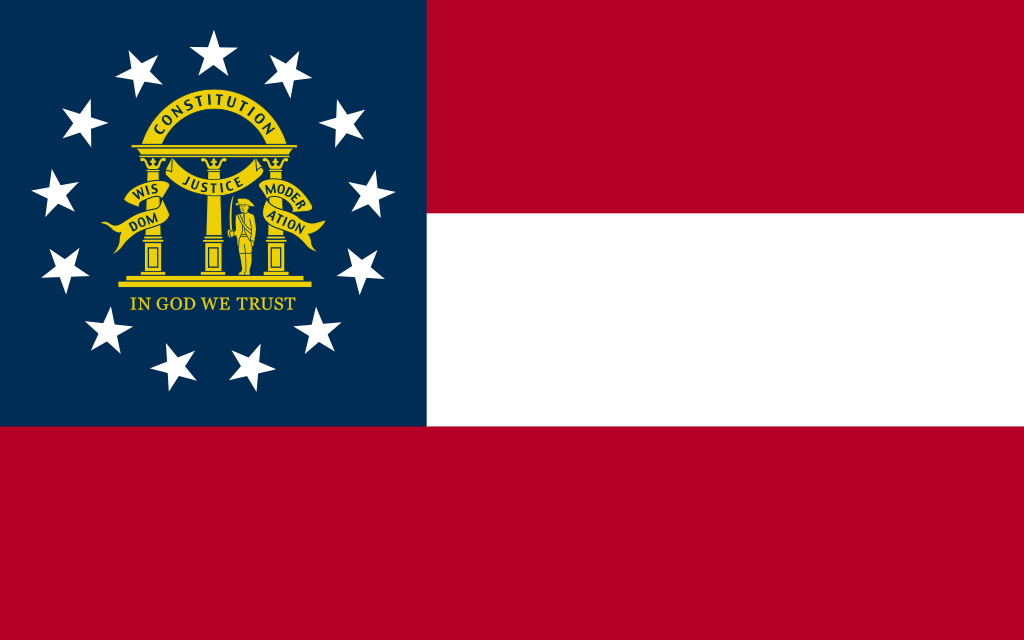 Georgia-GA
Georgia-GA
 Greece
Greece
 Hebei Sheng-HE
Hebei Sheng-HE
 Hokkaidō
Hokkaidō

 Ile-de-France
Ile-de-France
 Italy
Italy
 Japan
Japan
 Canada
Canada
 Kantō
Kantō

 Lazio
Lazio
 Mexico
Mexico

 Missouri-MO
Missouri-MO

 New South Wales-NSW
New South Wales-NSW

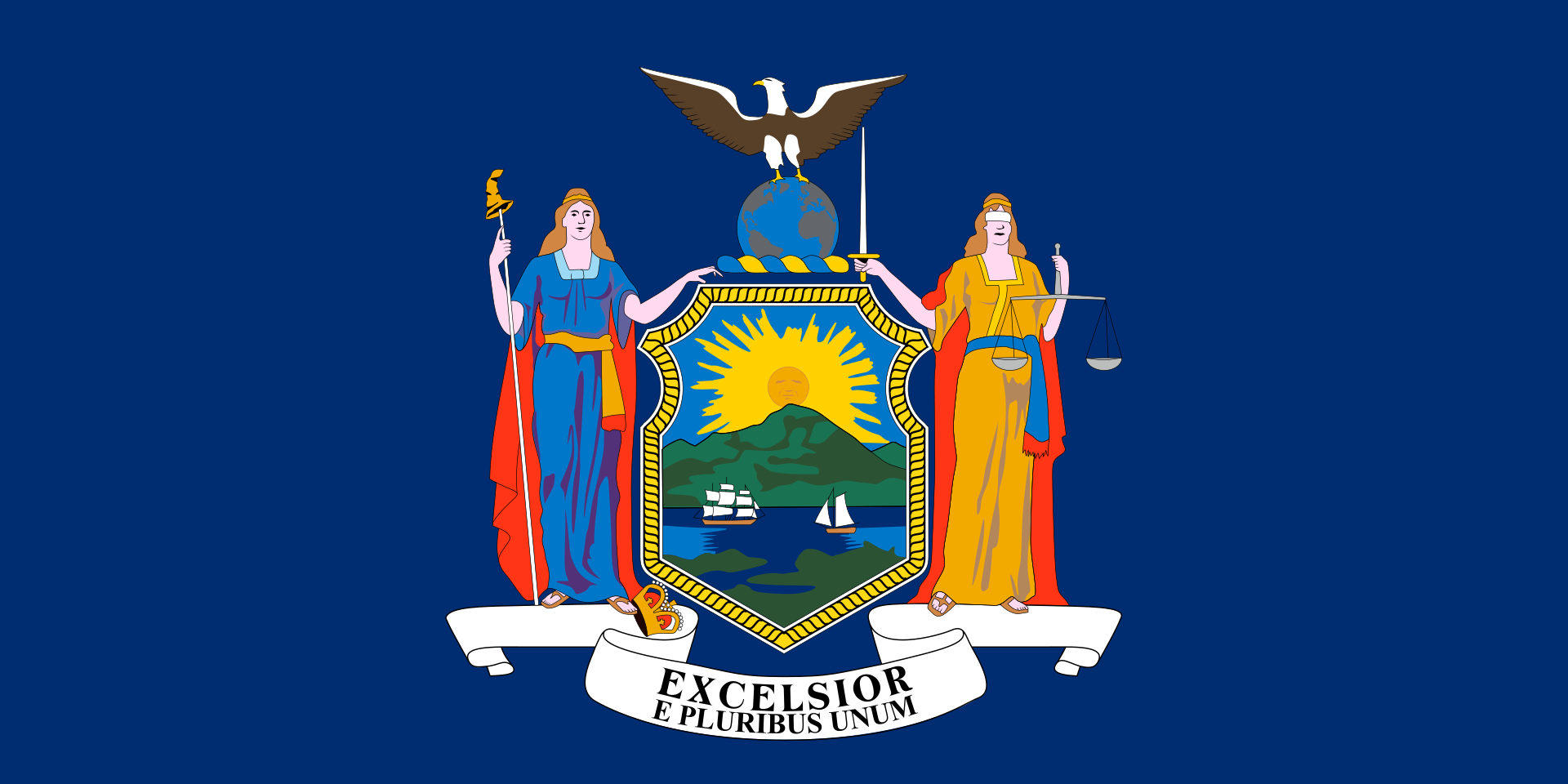 New York-NY
New York-NY
 Netherlands
Netherlands
 Norwegen
Norwegen
 2002 Winter Olympics
2002 Winter Olympics
 2006 Winter Olympics
2006 Winter Olympics
 2010 Winter Olympics
2010 Winter Olympics
 2014 Winter Olympics
2014 Winter Olympics
 2018 Winter Olympics
2018 Winter Olympics
 2022 Winter Olympics
2022 Winter Olympics
 Austria
Austria

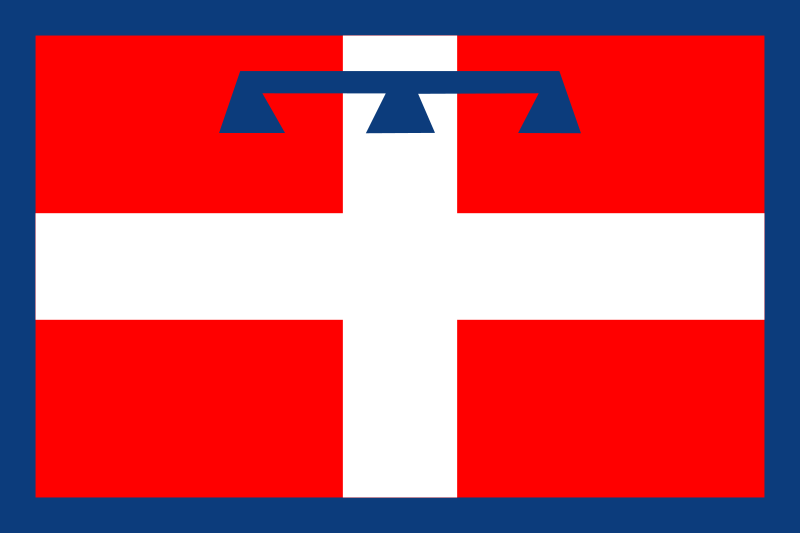 Piemonte
Piemonte

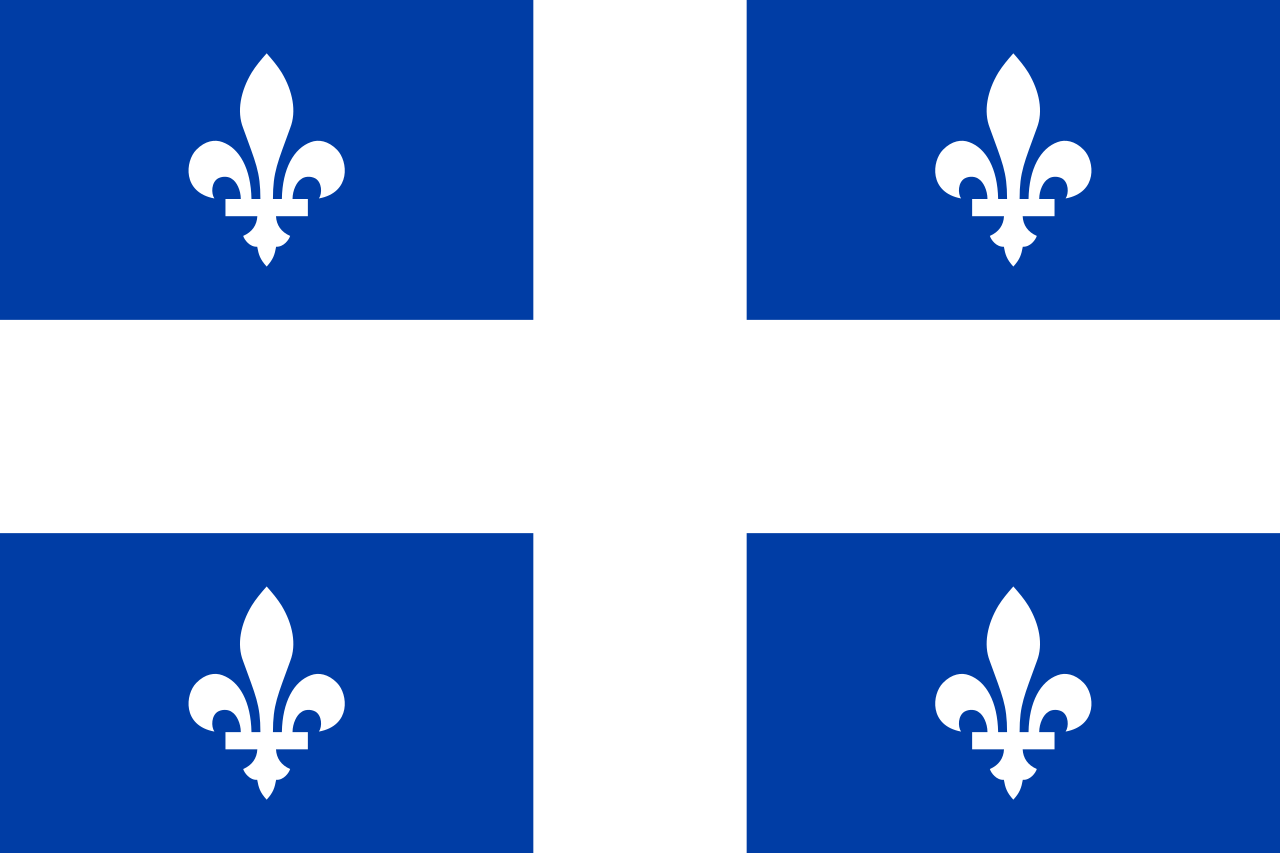 Quebec-QC
Quebec-QC
 Republic of Korea
Republic of Korea
 Rio de Janeiro
Rio de Janeiro
 Russia
Russia

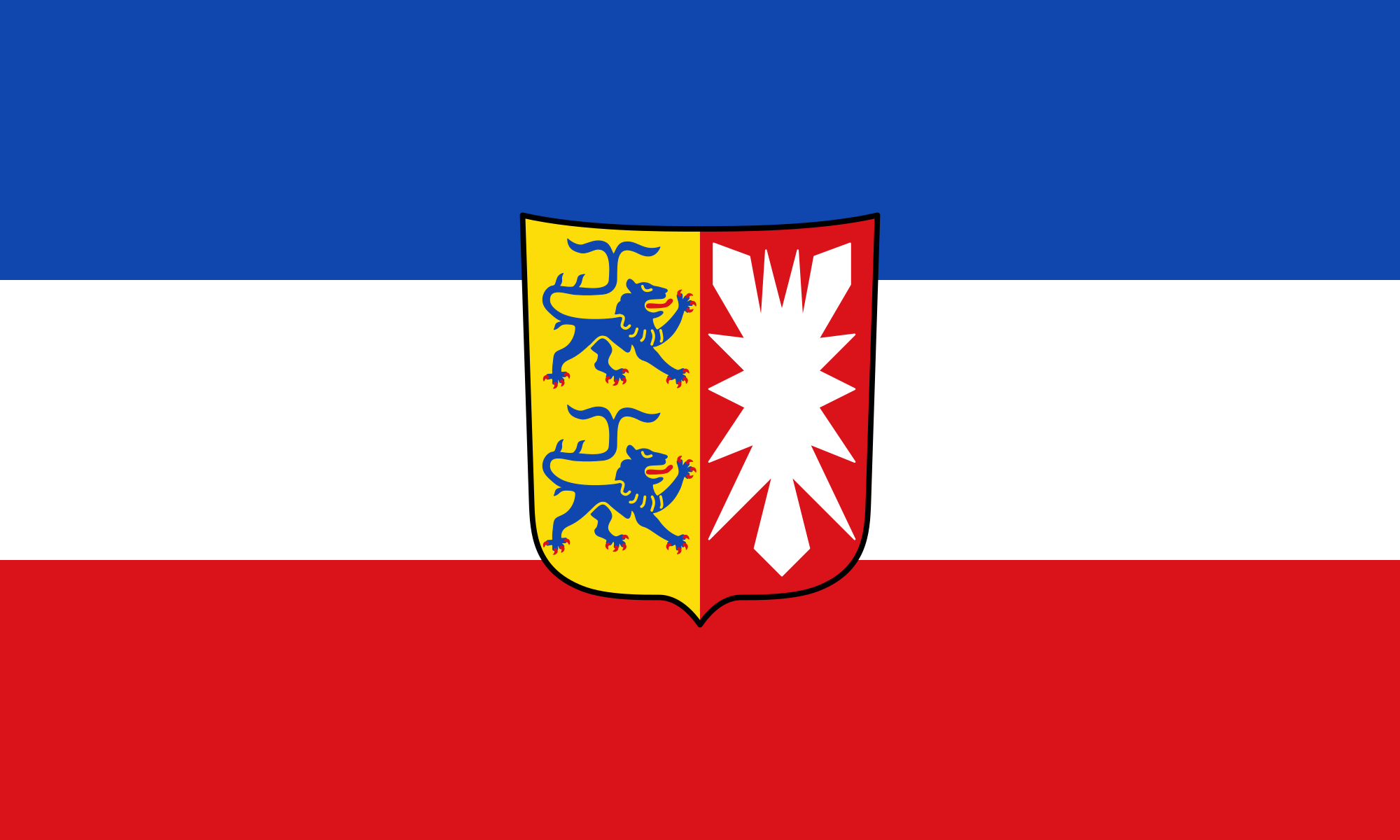 Schleswig-Holstein
Schleswig-Holstein
 Sweden
Sweden
 Switzerland
Switzerland
 Spain
Spain

 Sport
Sport

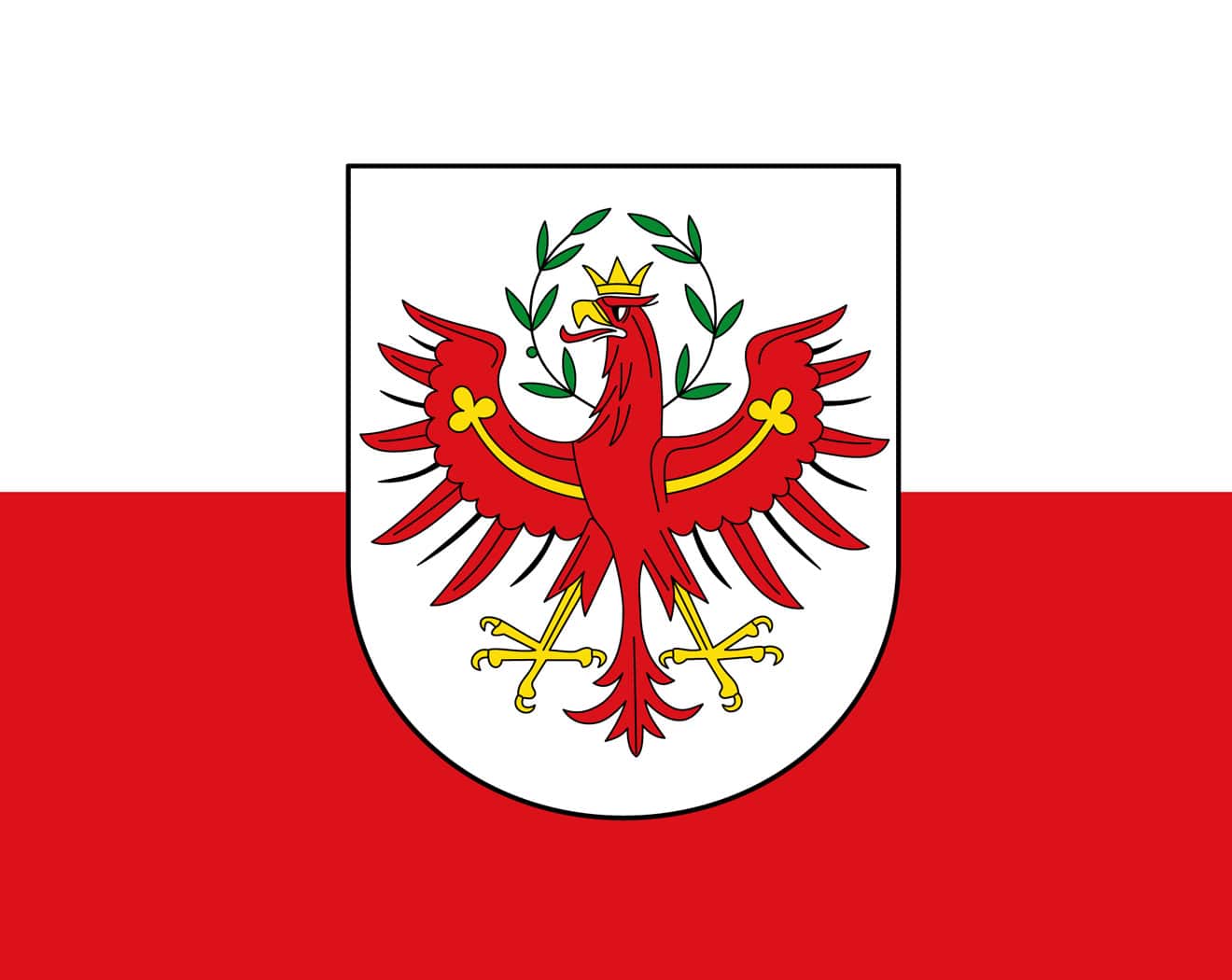 Tyrol
Tyrol

 Utah-UT
Utah-UT

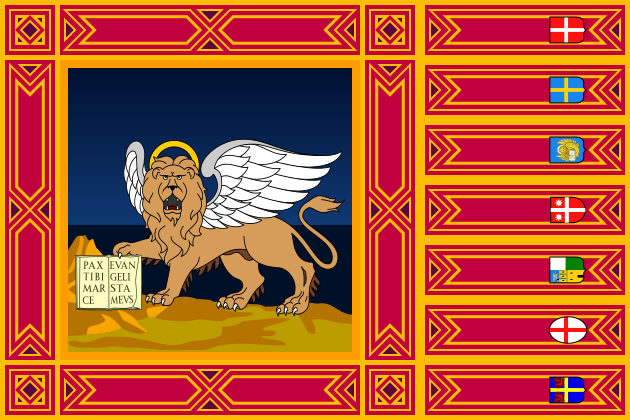 Veneto
Veneto
 United States
United States
 United Kingdom
United Kingdom

 Victoria-VIC
Victoria-VIC

奥林匹克圣火(英语:Olympic Flame)是奥林匹克运动会的标志。它在古代奥运会上燃烧以纪念古希腊神话中,普罗米修斯从宙斯手中偷来的火。从1928年开始,奥林匹克圣火又重新成为了奥运会的一部分。从1936年柏林奥运会开始出现了圣火传递。它有着传承火焰,生生不息的意义。
Das olympische Feuer ist ein Symbol der olympischen Bewegung. Es ist auch ein Symbol der Kontinuität zwischen den antiken und den modernen Spielen.[1] Das olympische Feuer wird einige Monate vor den Olympischen Spielen in Olympia, Griechenland, entzündet. Mit dieser Zeremonie beginnt der olympische Fackellauf, der offiziell mit dem Entzünden des olympischen Kessels während der Eröffnungsfeier der Olympischen Spiele endet. Die Flamme brennt dann während der gesamten Dauer der Spiele im Kessel weiter, bis sie bei der Abschlusszeremonie gelöscht wird.

 Alberta-AB
Alberta-AB
 Argentina
Argentina
 Australia
Australia

 Auvergne-Rhône-Alpes
Auvergne-Rhône-Alpes

 Bavaria
Bavaria
 Beijing Shi-BJ
Beijing Shi-BJ

 Berlin
Berlin
 Bosnia Herzegovina
Bosnia Herzegovina
 Brazil
Brazil

 British Columbia-BC
British Columbia-BC

 California-CA
California-CA

 Cataluña
Cataluña
 China
China
 Chūbu
Chūbu
 Germany
Germany
 England
England
 France
France

 Georgia-GA
Georgia-GA
 Greece
Greece
 Hokkaidō
Hokkaidō

 Ile-de-France
Ile-de-France
 Italy
Italy
 Japan
Japan
 Jiangsu Sheng-JS
Jiangsu Sheng-JS
 Canada
Canada
 Kantō
Kantō

 Lazio
Lazio

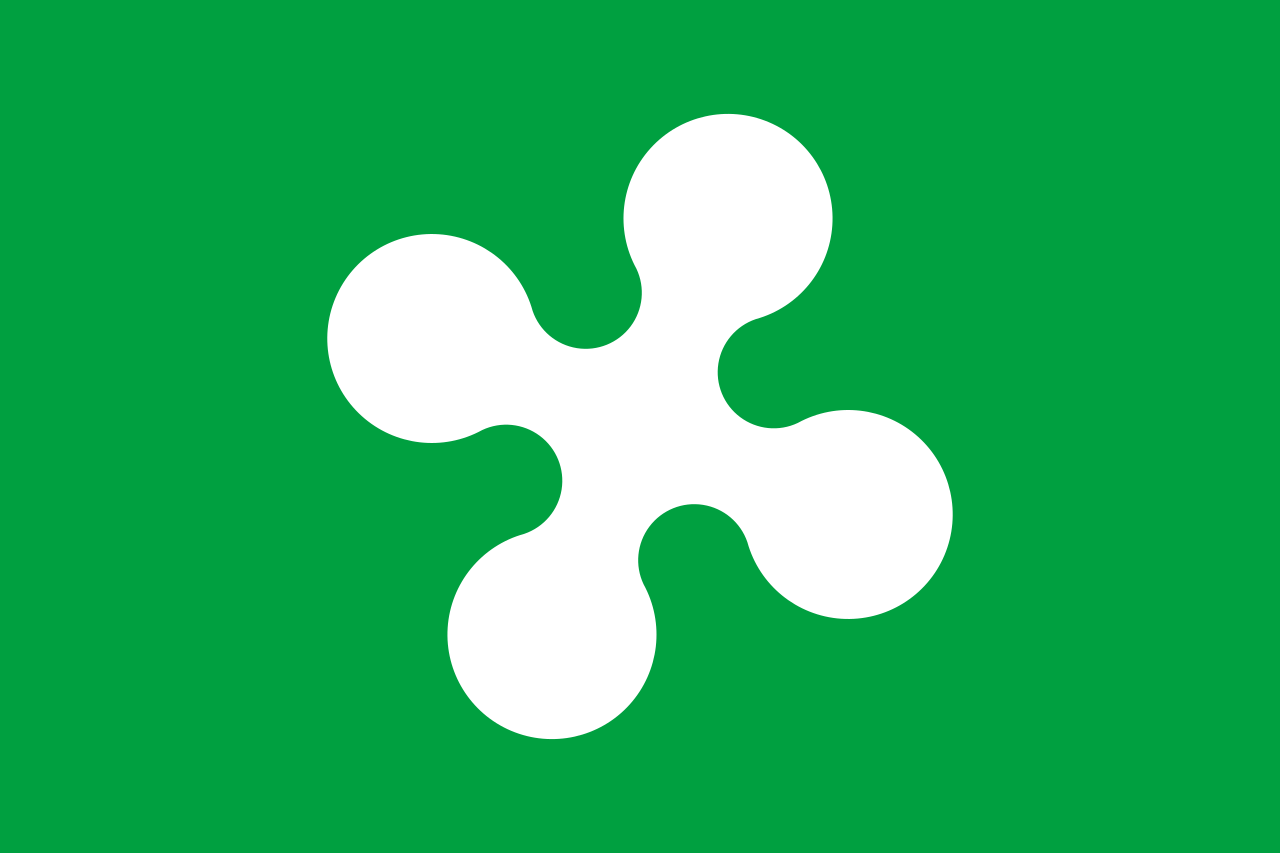 Lombardia
Lombardia
 Mexico
Mexico

 New South Wales-NSW
New South Wales-NSW

 New York-NY
New York-NY
 Norwegen
Norwegen
 Austria
Austria

 Piemonte
Piemonte

 Quebec-QC
Quebec-QC

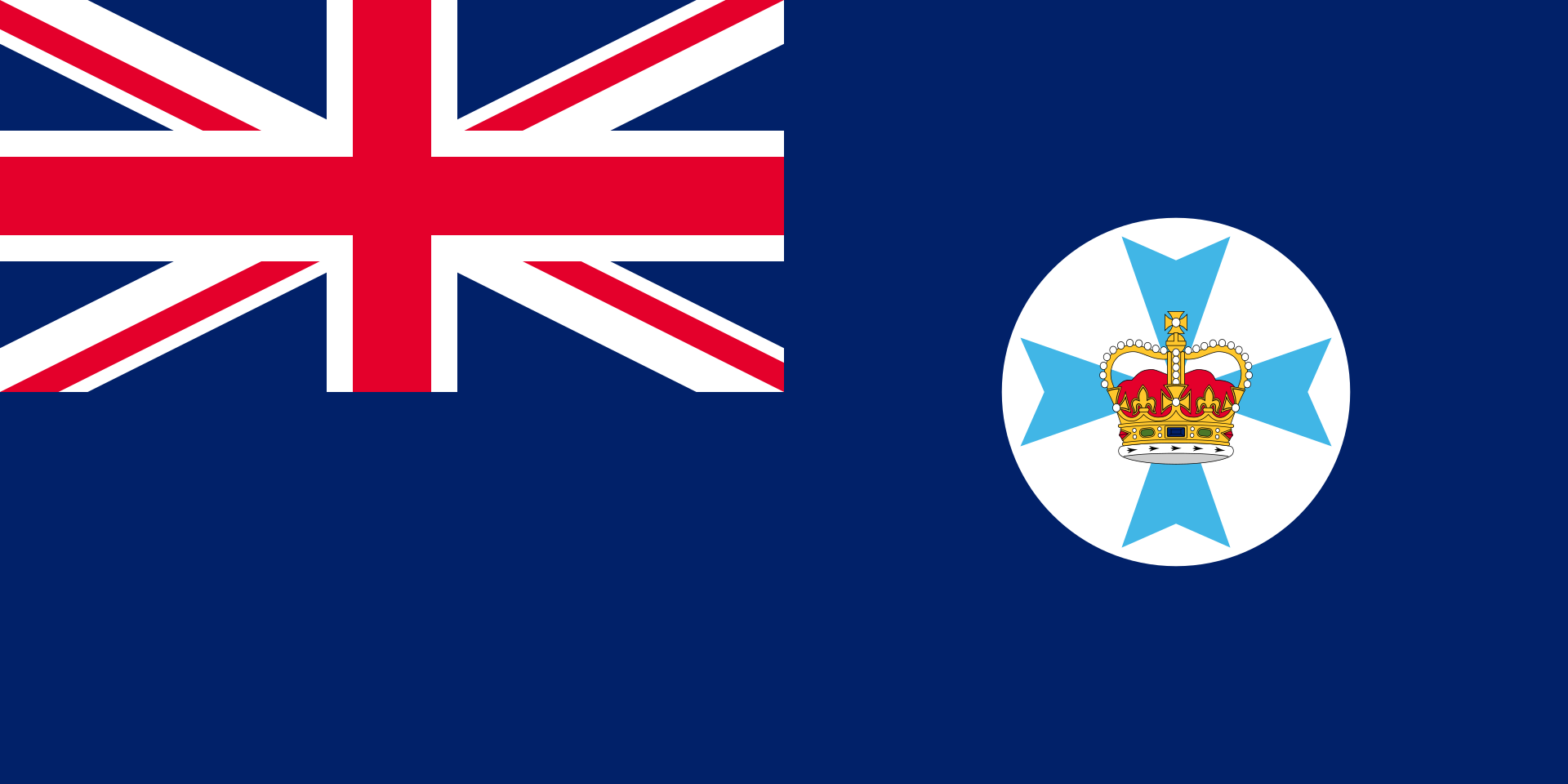 Queensland-QLD
Queensland-QLD
 Republic of Korea
Republic of Korea
 Rio de Janeiro
Rio de Janeiro
 Russia
Russia
 Switzerland
Switzerland
 Senegal
Senegal
 Singapore
Singapore
 Spain
Spain

 Tyrol
Tyrol

 Utah-UT
Utah-UT
 United States
United States
 United Kingdom
United Kingdom

| 奥林匹克圣歌 | ||
|---|---|---|
| 希腊文歌词 | 英文歌词 | 中文歌词 |
| Αρχαίο Πνεύμ' αθάνατο, αγνέ πατέρα του ωραίου, του μεγάλου και τ'αληθινού, κατέβα, φανερώσου κι άστραψ'εδώ πέρα στην δόξα της δικής σου γης και τ'ουρανού. |
Immortal spirit of antiquity, Father of the true, beautiful and good, Descend, appear, shed over us thy light Upon this ground and under this sky Which has first witnessed thy unperishable fame. |
古代不朽之神, 美丽、伟大而正直的圣洁之父。 祈求降临尘世以彰显自己, 让受人瞩目的英雄在这大地苍穹之中, 作为你荣耀的见证。 |
| Στο δρόμο και στο πάλεμα και στο λιθάρι, στων ευγενών Αγώνων λάμψε την ορμή, και με τ' αμάραντο στεφάνωσε κλωνάρι και σιδερένιο πλάσε κι άξιο το κορμί. |
Give life and animation to those noble games! Throw wreaths of fadeless flowers to the victors In the race and in the strife! Create in our breasts, hearts of steel! |
请照亮跑步、角力与投掷项目, 这些全力以赴的崇高竞赛。 把用橄榄枝编成的花冠颁赠给优胜者, 塑造出钢铁般的躯干。 |
| Κάμποι, βουνά και θάλασσες φέγγουν μαζί σου σαν ένας λευκοπόρφυρος μέγας ναός, και τρέχει στο ναό εδώ, προσκυνητής σου, Αρχαίο Πνεύμ' αθάνατο, Kάθε λαός. |
In thy light, plains, mountains and seas Shine in a roseate hue and form a vast temple To which all nations throng to adore thee, Oh immortal spirit of antiquity! |
溪谷、山岳、海洋与你相映生辉, 犹如以色彩斑斓的岩石建成的神殿。 这巨大的神殿, 世界各地的人们都来膜拜, 啊!永远不朽的古代之神。 |

 Australia
Australia
 Belgium
Belgium
 Chile
Chile
 Denmark
Denmark
 Germany
Germany
 Estonia
Estonia
 Finland
Finland
 France
France
 Greece
Greece
 Ireland
Ireland
 Iceland
Iceland
 Israel
Israel
 Italy
Italy
 Japan
Japan
 Canada
Canada
 Luxembourg
Luxembourg
 Mexico
Mexico
 New Zealand
New Zealand
 Netherlands
Netherlands
 Norwegen
Norwegen
 OECD
OECD
 Emiel van Lennep
Emiel van Lennep
 OECD
OECD
 Don Johnston
Don Johnston
 OECD
OECD
 Jean-Claude Paye
Jean-Claude Paye
 OECD
OECD
 José Ángel Gurría
José Ángel Gurría
 OECD
OECD
 Staffan Sohlman
Staffan Sohlman
 OECD
OECD
 Thorkil Kristensen
Thorkil Kristensen
 Austria
Austria
 Poland
Poland
 Portugal
Portugal
 Republic of Korea
Republic of Korea
 Sweden
Sweden
 Switzerland
Switzerland
 Slovakia
Slovakia
 Slovenia
Slovenia
 Spain
Spain
 Czech Republic
Czech Republic
 Turkey
Turkey
 Hungary
Hungary
 United States
United States
 United Kingdom
United Kingdom

 Important International Organizations
Important International Organizations
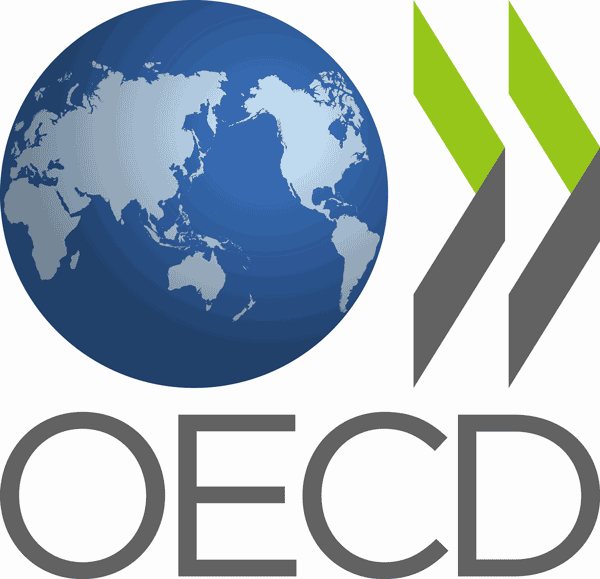
経済協力開発機構(けいざいきょうりょくかいはつきこう)は、国際経済全般について協議することを目的とした国際機関。公用語の正式名称は、英語では"Organisation[1] for Economic Co-operation and Development"(イギリス英語表記)、フランス語では"Organisation de Coopération et de Développement Economiques"。略称は英語ではOECD、フランス語ではOCDE。
本部事務局はパリ16区の旧ラ・ミュエット宮殿に置かれている。事務総長はアンヘル・グリア。
The Organisation for Economic Co-operation and Development (OECD; French: Organisation de Coopération et de Développement Économiques, OCDE) is an intergovernmental economic organisation with 37 member countries,[1] founded in 1961 to stimulate economic progress and world trade. It is a forum of countries describing themselves as committed to democracy and the market economy, providing a platform to compare policy experiences, seek answers to common problems, identify good practices and coordinate domestic and international policies of its members. Generally, OECD members are high-income economies with a very high Human Development Index (HDI) and are regarded as developed countries. As of 2017, the OECD member countries collectively comprised 62.2% of global nominal GDP (US$49.6 trillion)[3] and 42.8% of global GDP (Int$54.2 trillion) at purchasing power parity.[4] The OECD is an official United Nations observer.[5]
In 1948, the OECD originated as the Organisation for European Economic Co-operation (OEEC),[6] led by Robert Marjolin of France, to help administer the Marshall Plan (which was rejected by the Soviet Union and its satellite states).[7] This would be achieved by allocating United States financial aid and implementing economic programs for the reconstruction of Europe after World War II. (Similar reconstruction aid was sent to the war-torn Republic of China and post-war Korea, but not under the name "Marshall Plan".)[8]
In 1961, the OEEC was reformed into the Organisation for Economic Co-operation and Development by the Convention on the Organisation for Economic Co-operation and Development and membership was extended to non-European states.[9][10] The OECD's headquarters are at the Château de la Muette in Paris, France.[11] The OECD is funded by contributions from member countries at varying rates and had a total budget of €386 million in 2019.[2]
Although OECD does not have a power to enforce its decisions, which further require unanimous vote from its members, it is recognized as highly influential publisher of mostly economic data through publications as well as annual evaluations and rankings of members countries.[12]
L'Organisation de coopération et de développement économiques (OCDE) est une organisation internationale d'études économiques, dont les pays membres — des pays développés pour la plupart — ont en commun un système de gouvernement démocratique et une économie de marché. Elle joue essentiellement un rôle d'assemblée consultative1.
L'OCDE a succédé à l'Organisation européenne de coopération économique (OECE) issue du plan Marshall et de la Conférence des Seize (Conférence de coopération économique européenne) qui a existé de 1948 à 1960. Son but était l'établissement d'une organisation permanente chargée en premier lieu d'assurer la mise en œuvre du programme de relèvement commun (le plan Marshall), et, en particulier, d'en superviser la répartition2.
En 2020, l'OCDE compte 37 pays membres et regroupe plusieurs centaines d'experts. Elle publie fréquemment des études économiques et sociales — analyses, prévisions et recommandations de politique économique — et des statistiques, principalement concernant ses pays membres.
Le siège de l'OCDE se situe à Paris (16e), au château de la Muette. L'organisation possède également des bureaux dans plusieurs autres métropoles, notamment à Berlin, Mexico, Tokyo et Washington.
L'Organizzazione per la cooperazione e lo sviluppo economico (OCSE) – in inglese Organization for Economic Co-operation and Development (OECD), e in francese Organisation de coopération et de développement économiques (OCDE) – è un'organizzazione internazionale di studi economici per i paesi membri, paesi sviluppati aventi in comune un'economia di mercato.
L'organizzazione svolge prevalentemente un ruolo di assemblea consultiva che consente un'occasione di confronto delle esperienze politiche, per la risoluzione dei problemi comuni, l'identificazione di pratiche commerciali e il coordinamento delle politiche locali e internazionali dei paesi membri[1]. Ha sede a Parigi nello Château de la Muette[2].
Gli ultimi paesi ad aver aderito all'OCSE sono la Colombia (28 aprile 2020),la Lettonia (1º luglio 2016) e la Lituania (5 luglio 2018), per un totale di 36 paesi membri.
La Organización para la Cooperación y el Desarrollo Económico1 (OCDE) es un organismo de cooperación internacional, compuesto por 37 estados,34 cuyo objetivo es coordinar sus políticas económicas y sociales. La OCDE fue fundada en 1961 y su sede central se encuentra en el Château de la Muette en París (Francia). Los idiomas oficiales de la entidad son el francés y el inglés.2
En la OCDE, los representantes de los países miembros se reúnen para intercambiar información y armonizar políticas con el objetivo de maximizar su crecimiento económico y colaborar a su desarrollo y al de los países no miembros.
Conocida como «club de los países ricos»,56 a partir de 2017, sus países miembros comprendieron colectivamente el 62,2 % del PIB nominal global (US$49,6 billones) y el 42,8 % del PIB global (Int US$54,2 billones).7
Организа́ция экономи́ческого сотру́дничества и разви́тия (сокр. ОЭСР, англ. Organisation for Economic Co-operation and Development, OECD) — международная экономическая организация развитых стран, признающих принципы представительной демократии и свободной рыночной экономики.
Создана в 1948 году под названием Организа́ция европе́йского экономи́ческого сотру́дничества (англ. Organisation for European Economic Co-operation, OEEC) для координации проектов экономической реконструкции Европы в рамках плана Маршалла.
Штаб-квартира организации располагается в Шато де ла Мюетт, в Париже. Генеральный секретарь (с 2006 года) — Хосе Анхель Гурриа Тревиньо (Мексика). Руководящим органом ОЭСР является совет представителей стран — членов организации. Все решения в нём принимаются на основе консенсуса.
По данным на 2011 год, в странах ОЭСР проживало 18 % населения мира[2].
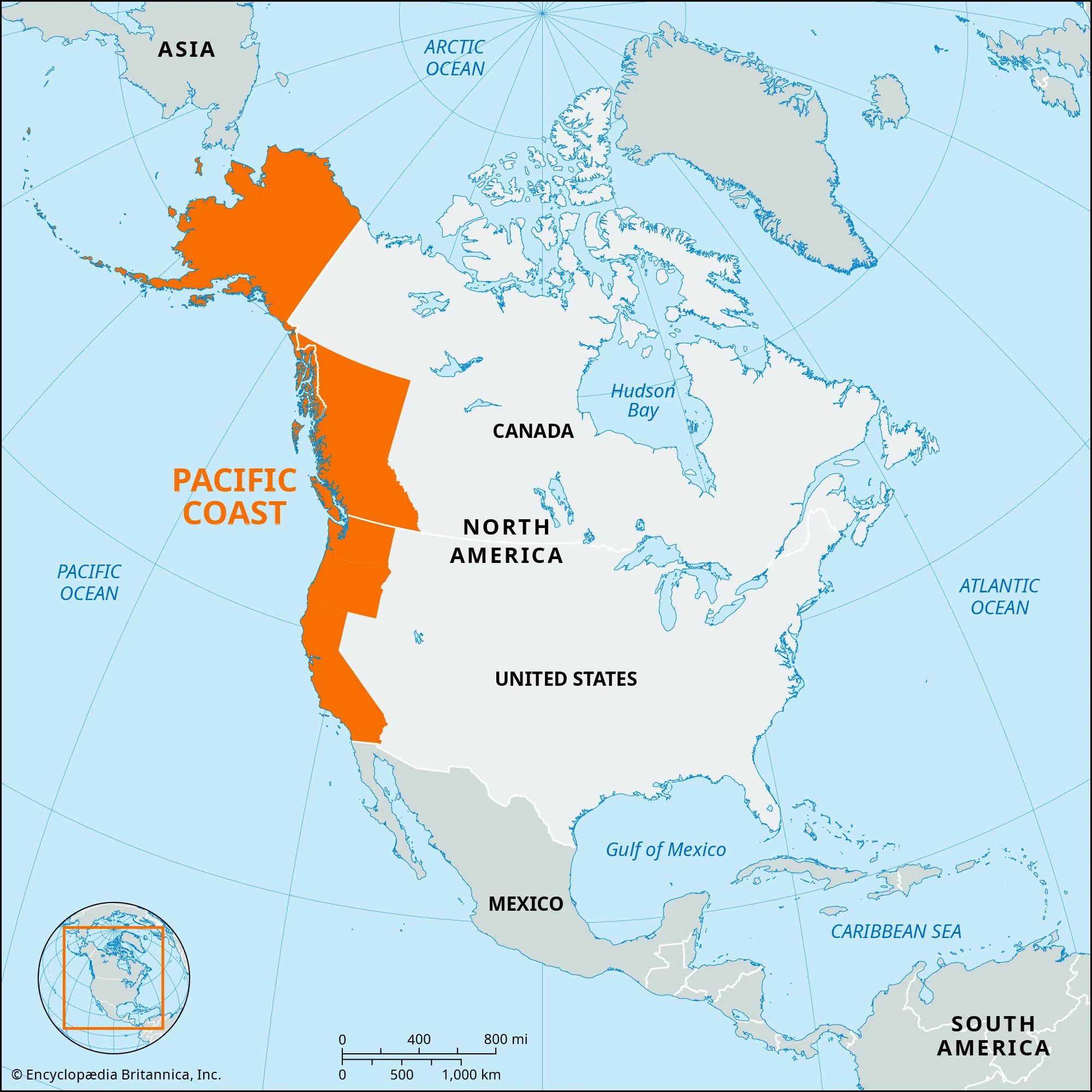


太平洋海岸山脉(英语:Pacific Coast Ranges)是一条纵贯北美洲西海岸沿太平洋的山脉,从阿拉斯加南部到墨西哥中部。[1]
太平洋海岸山脉的部分山体为北美科迪勒拉山脉(North American Cordillera),其中包括洛矶山脉、哥伦比亚山脉、加拿大的内陆山台地(Interior Plateau)、内华达山脉、大盆地(Great Basin)山脉以及其他各种高原和盆地。太平洋海岸山脉有着世界上最大的温带纬度冰原。
太平洋海岸山脉地区的气候是北部冬暖夏凉,南部在夏季较干燥。俄勒冈州南部和加利福尼亚州北部的海岸森林种类以红杉属(Sequoia)为主,较靠近内陆地区则是阔叶树硬材和、巨杉属(Sequoiadendron)针叶树的混合林。野生动物包括熊、鹿、河狸、麝鼠、兔。
Die pazifischen Küstengebirge sind eine Reihe von Gebirgszügen, die bei einer maximalen Ausdehnung von rund 5.300 km[1] von Alaska (Vereinigte Staaten) bis Niederkalifornien (Mexiko) reichen und damit nach den Anden das zweitlängste Gebirgssystem der Erde sind. Sie entstanden durch plattentektonische Kräfte, als die Farallon-Platte (heute nur noch ihre als Juan-de-Fuca- und Cocosplatte bezeichneten Reste) gegen die Nordamerikanische Platte prallte und dabei Faltengebirge aufwarf. Von Alaska bis in den Norden Kaliforniens ist der dabei auftretende Vulkanismus noch heute zu beobachten. Erd- und Seebeben sind entlang der ganzen Küste möglich.
Nicht zu den Küstengebirgen im engeren Sinne werden bisweilen die geologisch früher entstandenen Gebirgszüge Kaskadenkette und Sierra Nevada gerechnet. Erstere hat eine Übergangszone zu den Küstengebirgen in den Siskiyou Mountains, letztere wird von den Küstengebirgen durch das Kalifornische Längstal getrennt. Im Norden werden zudem die Alëutenkette (zum pazifischen Feuerring) und die Alaskakette nicht einbezogen.
Die Reihe der Küstengebirge wird nur durch einen großen Fluss, den Columbia River, durchbrochen. Er mündet zwischen den Olympic Mountains und der Oregon Coast Range in den Pazifik und bildet dabei die Grenzen zwischen Washington und Oregon.


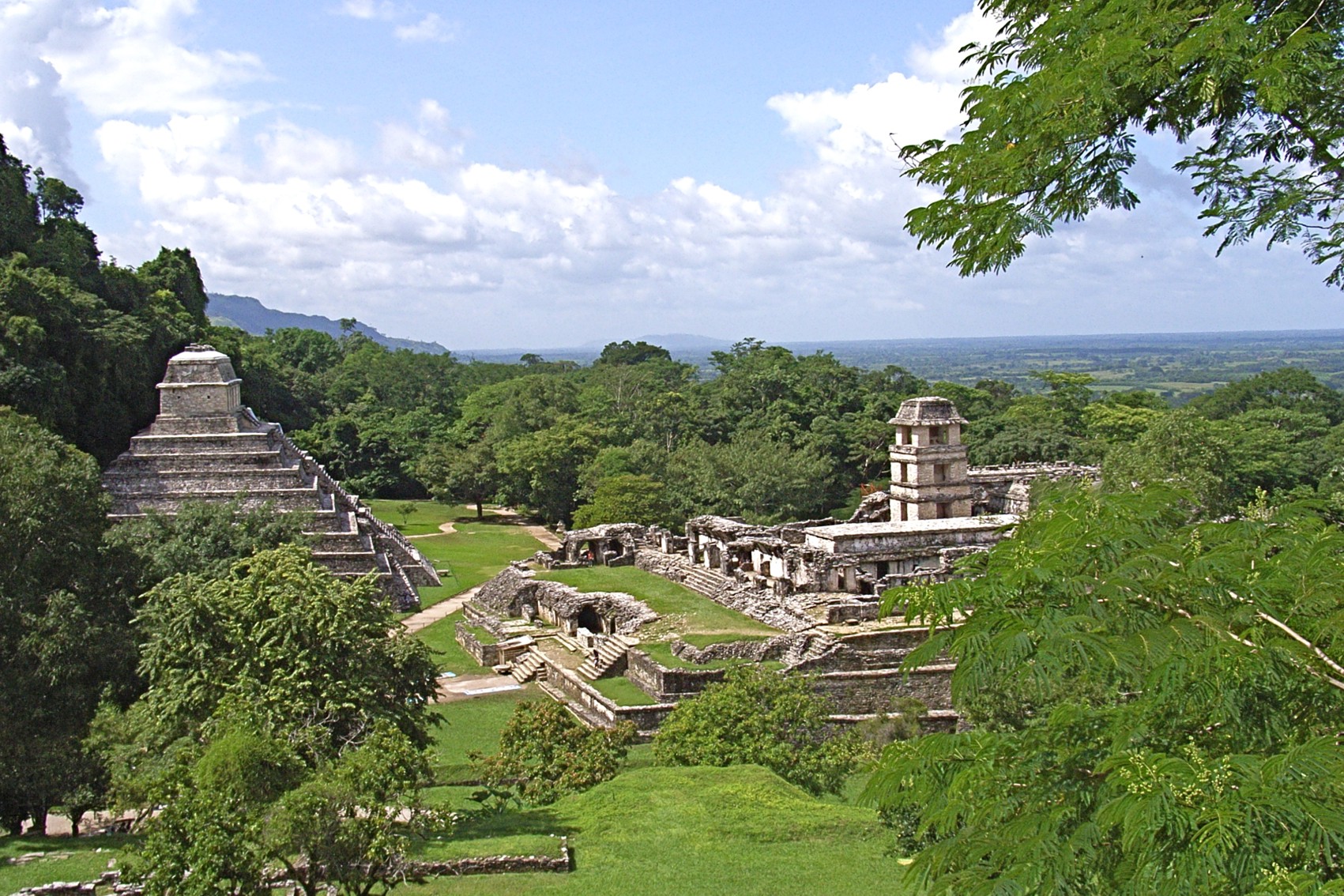
帕伦克引是墨西哥历史文化名城、玛雅古国城市遗址。位于国境东南沿海平原,坐落在恰帕斯州北部,是典型的玛雅文明遗址。古城的历史可以追溯到公元前1世纪,城市发展的顶峰时期是公元600年至700年间,迄今保存下来的古老建筑多是在这一时期修造的,素有“美洲的雅典”之称,包括古城在内、占地面积达1772公顷的帕伦克国家公园已被联合国教育、科学及文化组织列入世界文化及自然遗产保护名录。

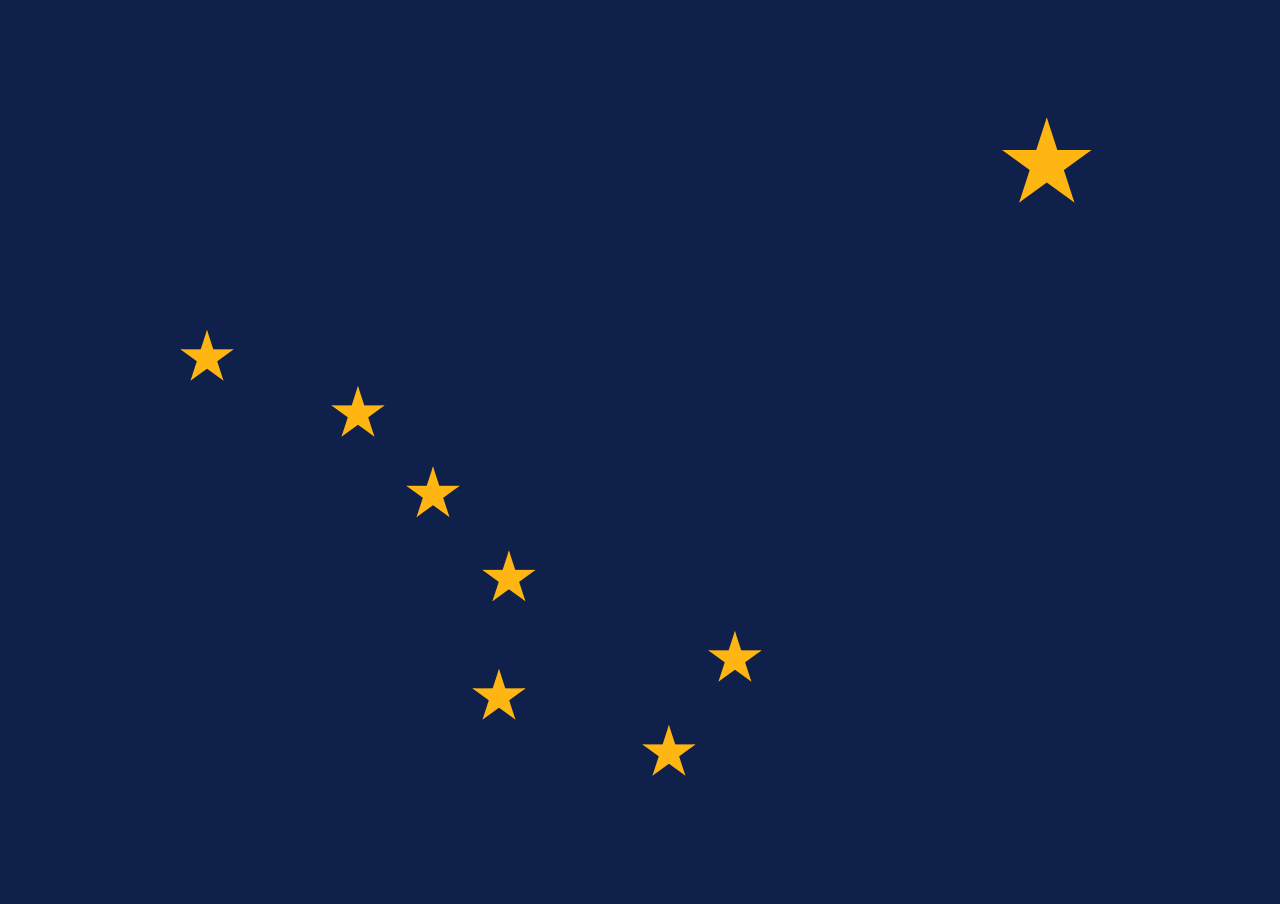 Alaska-AK
Alaska-AK
 Argentina
Argentina

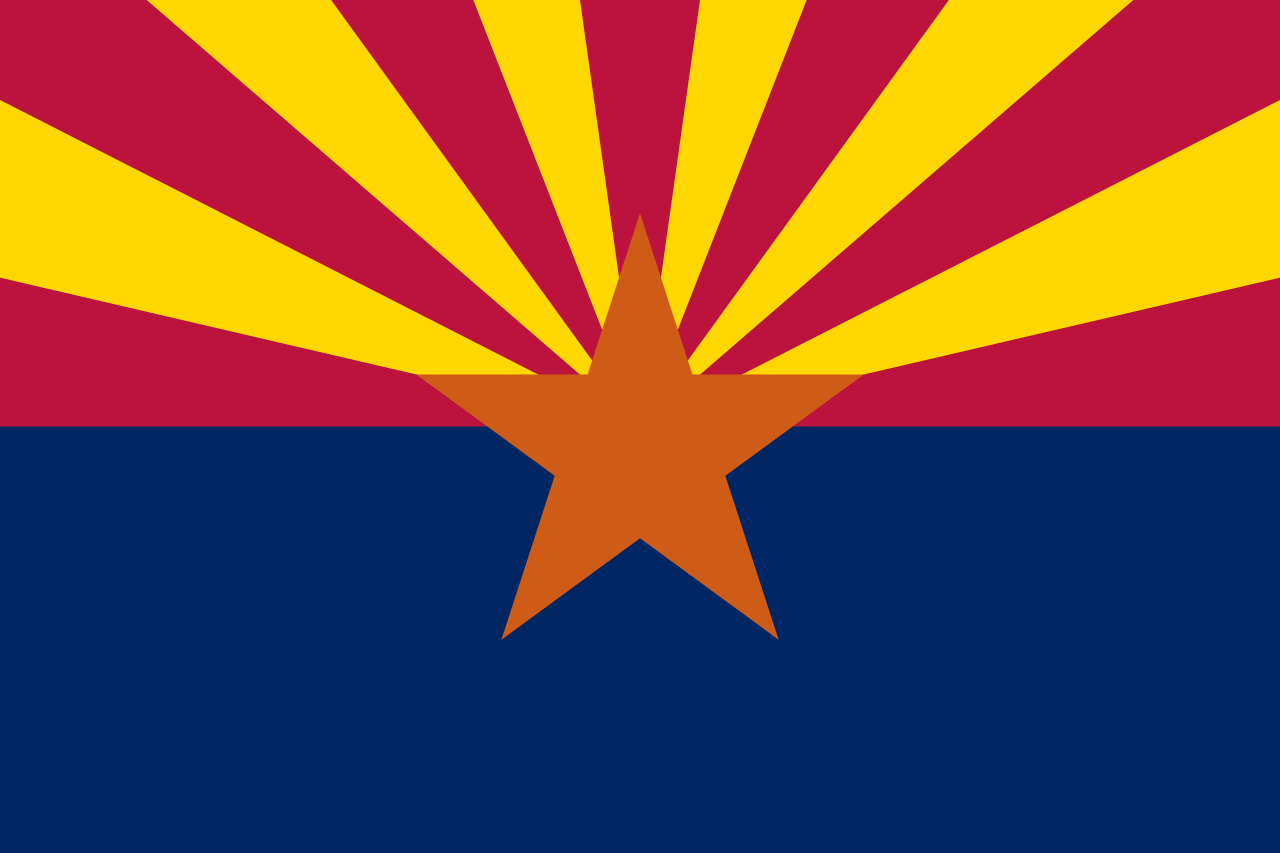 Arizona-AZ
Arizona-AZ
 Bolivia
Bolivia
 Brazil
Brazil

 British Columbia-BC
British Columbia-BC

 California-CA
California-CA
 Chile
Chile
 Columbia
Columbia
 Costa Rica
Costa Rica
 Ecuador
Ecuador

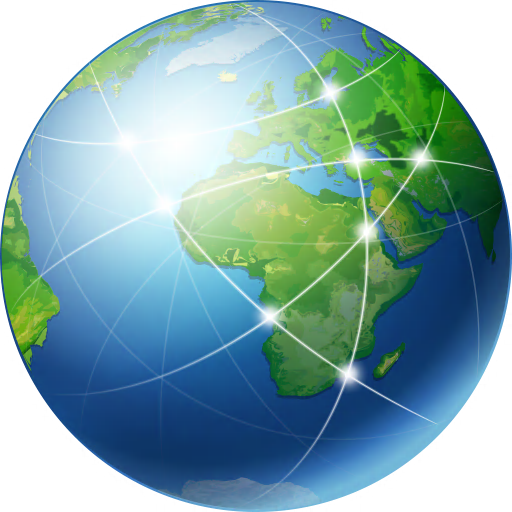 Geography
Geography
 Guatemala
Guatemala
 Honduras
Honduras
 Canada
Canada
 Mexico
Mexico
 Nicaragua
Nicaragua

 Oregon-OR
Oregon-OR
 Panama
Panama
 Paraguay
Paraguay
 Paraná
Paraná
 Peru
Peru
 Republik El Salvador
Republik El Salvador
 Rio de Janeiro
Rio de Janeiro
 Rio Grande do Sul
Rio Grande do Sul
 Santa Catarina
Santa Catarina
 São Paulo
São Paulo
 Uruguay
Uruguay
 Venezuela
Venezuela
 United States
United States

 Washington-WA
Washington-WA

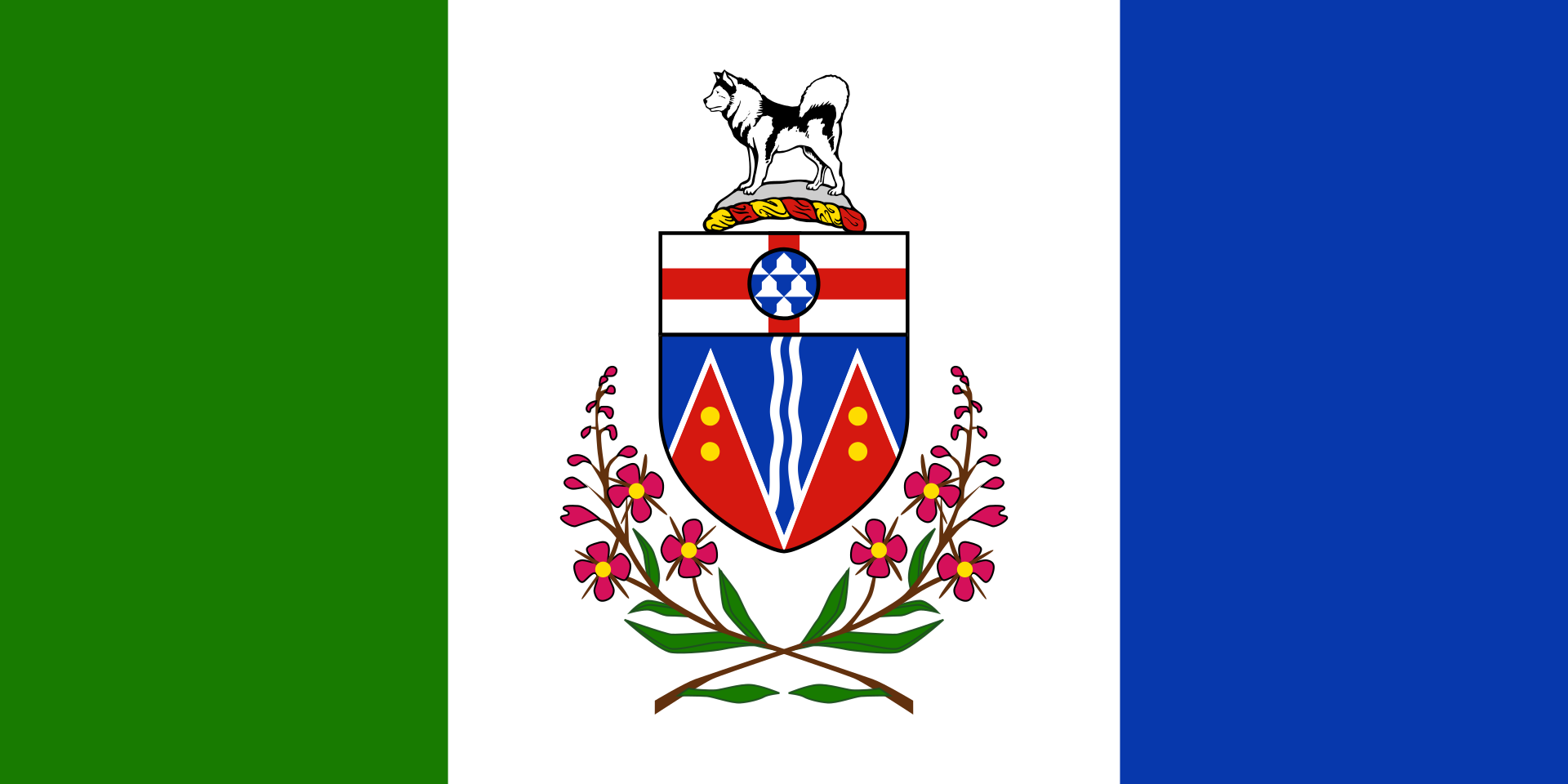 Yukon-YT
Yukon-YT
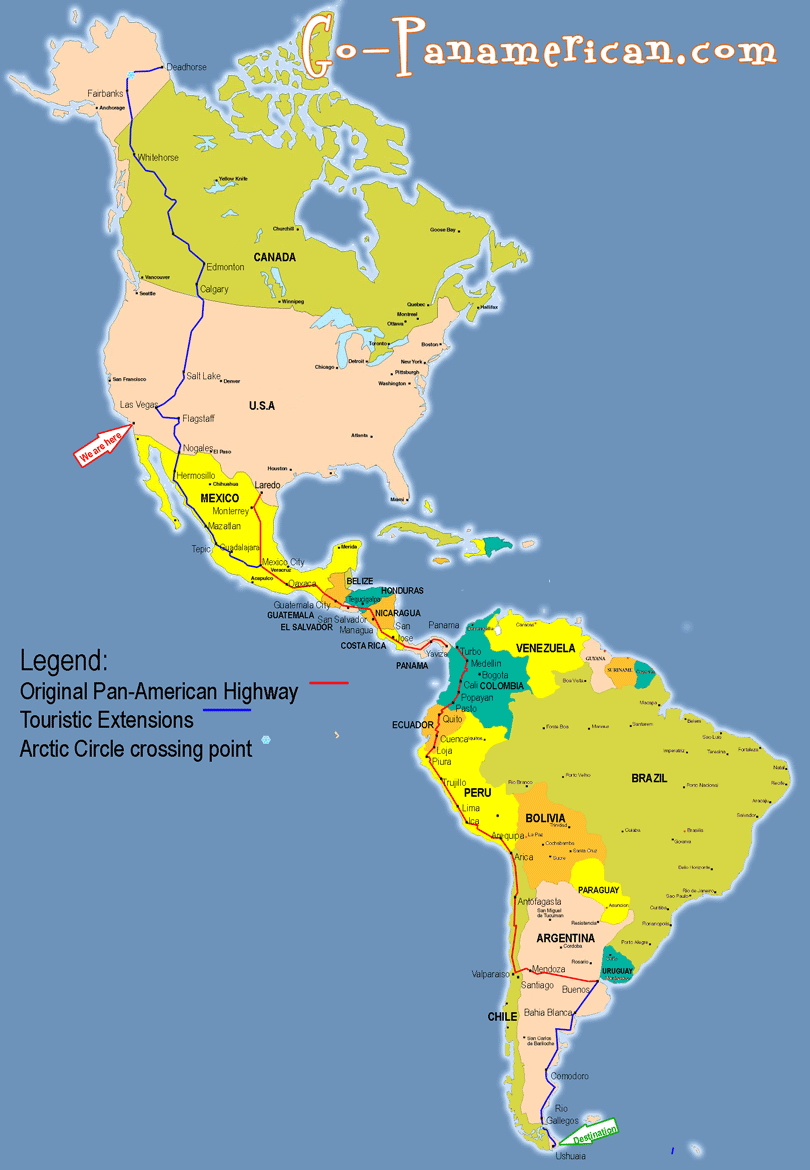
泛美公路(英語:Pan-American Highway,西班牙語:Carretera Panamericana,葡萄牙語:Rodovia Pan-americana,法語:Route panaméricaine)是贯穿整个美洲大陆的公路系统。北起阿拉斯加,南至火地岛,全长约48,000公里,主干线自美国阿拉斯加的费尔班克斯至智利的蒙特港,将近26,000公里。除了巴拿马到哥伦比亚(达连隘口)之间至今仍未修建公路以外,美洲大陆各国都通过这个公路网连接起来[1]。
Die Panamericana (englisch Pan-American Highway, spanisch Carretera Panamericana und Ruta Panamericana) ist ein System von Schnellstraßen, das – mit wenigen Lücken – Alaska mit Feuerland verbindet, sich also über die gesamte Nord-Süd-Ausdehnung des amerikanischen Doppel-Kontinents erstreckt. Das Netzwerk umfasst etwa 48.000 km Schnellstraße und ist in seiner längsten Nord-Süd-Verbindung etwa 25.750 km lang. Auf der Fünften Internationalen Konferenz der Amerikanischen Staaten im Jahre 1923 entstand die Idee einer einzigen kontinentübergreifenden Schnellstraße. Die Konvention über die Carretera Panamericana wurde schließlich am 23. Dezember 1936 auf der Interamerikanischen Konferenz zur Festigung des Friedens in Buenos Aires unterzeichnet.
Die projektierte Fertigstellung des Teilstücks hat viele Gegner, die verschiedene Gründe vorbringen: So würden der tropische Regenwald und die Lebensweisen der dortigen indigenen Völker bedroht; der Drogenhandel aus Kolumbien nach Nordamerika und die Verbreitung der Maul- und Klauenseuche in Südamerika würden gefördert.
Die Panamericana passiert viele Klimazonen, sowohl dichten Dschungel als auch Pässe des Hochgebirges. Außerdem durchquert sie 14 bis 19 verschiedene Staaten und ist deshalb weit entfernt von einer einheitlichen Beschilderung und auch Nutzbarkeit. So kann man Teile der Straße nur in der Trockenzeit befahren, in anderen ist die Benutzung das ganze Jahr über gefährlich. Die Jahresdurchschnittstemperatur reicht vom Gefrierpunkt bis zu über 25 °C.
 Argentina
Argentina
 Bolivia
Bolivia
 Brazil
Brazil
 Chile
Chile
 Columbia
Columbia
 Costa Rica
Costa Rica
 Cuba
Cuba
 Dominikanische Republik
Dominikanische Republik
 Ecuador
Ecuador
 Guatemala
Guatemala
 Guyana
Guyana
 Honduras
Honduras

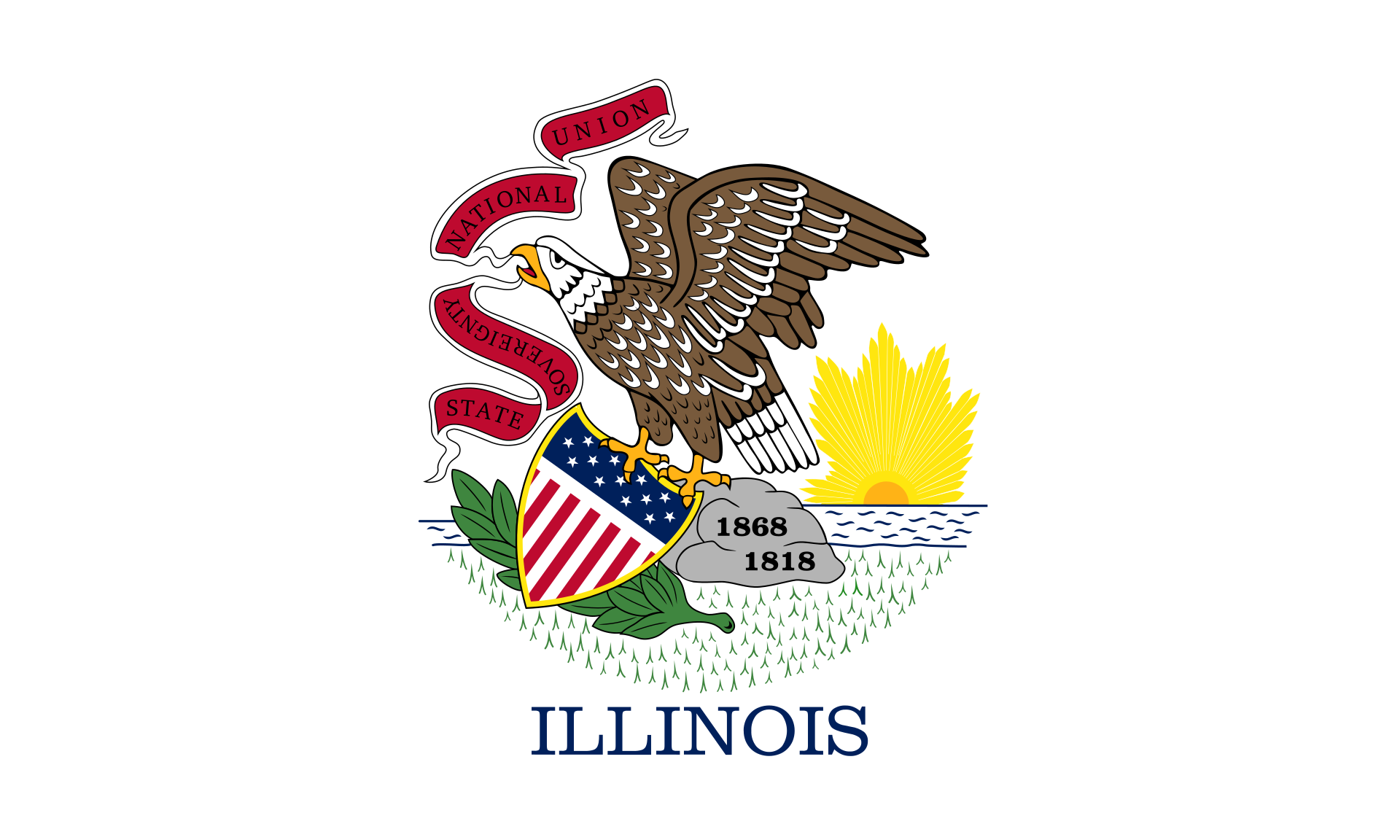 Illinois-IL
Illinois-IL
 Jamaika
Jamaika
 Canada
Canada

 Manitoba-MB
Manitoba-MB
 Mexico
Mexico
 Nicaragua
Nicaragua

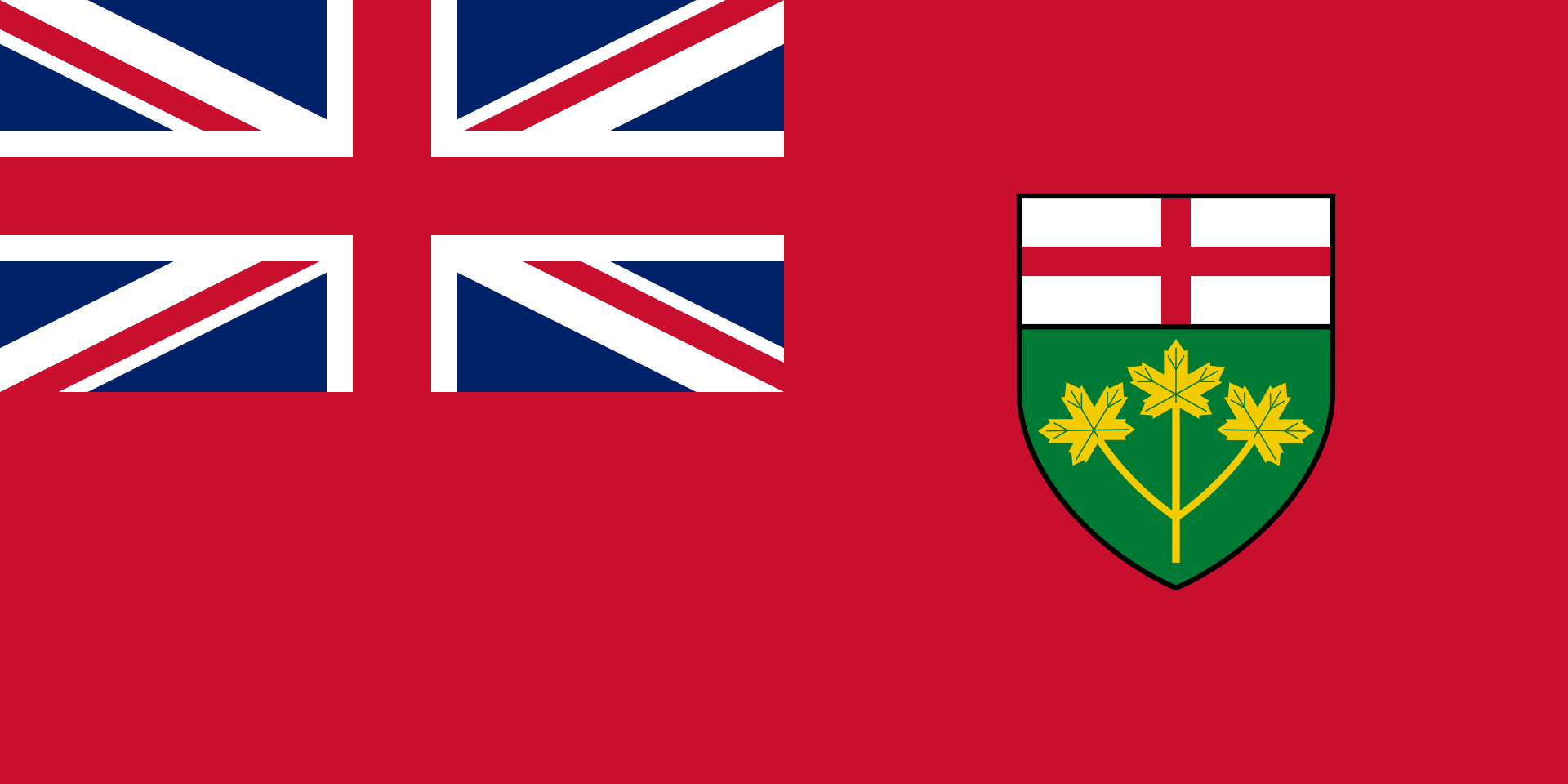 Ontario-ON
Ontario-ON
 Panama
Panama
 Paraguay
Paraguay
 Peru
Peru
 Puerto Rico
Puerto Rico
 Republik El Salvador
Republik El Salvador
 Republik Haiti
Republik Haiti
 Rio de Janeiro
Rio de Janeiro
 Uruguay
Uruguay
 Venezuela
Venezuela
 United States
United States

泛美运动会(英语:Pan American Games),简称美运会,是美洲的国际综合性体育活动,每隔四年举办一次。泛美运动会源自1920年代的中美洲运动会。1932年,举行泛美运动会的倡议首度被提出,其后成立了“泛美体育组织”(西班牙文:Organización Deportiva Panamericana,简称ODEPA;英文:Pan American Sports Organization,简称PASO)。首届泛美运动会原定于1942年在阿根廷布宜诺斯艾利斯举行,但因第二次世界大战而延期至1951年。此后,泛美运动会一直每隔四年举办一次,近数届每届均有来自42个国家地区的超过5,000名运动员参与。
Panamerikanische Spiele (spanisch Juegos Panamericanos, englisch Pan American Games) werden im Vierjahresrhythmus ein Jahr vor den Olympischen Sommerspielen ausgetragen. Die Wettkämpfe finden hauptsächlich in den olympischen Sportarten für Athleten des amerikanischen Kontinents statt. Diese Wettbewerbe werden von der Panamerikanische Sportorganisation nach den Regeln des Internationalen Olympischen Komitees (IOC) und der verschiedenen nationalen Sportverbände ausgerichtet. Als nichtolympische Sportarten gehören unter anderem Futsal und Squash zum Programm.
Die Spiele wurden im Jahre 1940 während einer Tagung des Panamerikanischen Kongresses in Buenos Aires (Argentinien) ins Leben gerufen, um engere Verbindungen zwischen den Sportlern des amerikanischen Kontinents zu ermöglichen.
Die I. Panamerikanischen Spiele sollten eigentlich 1942 stattfinden, doch der Zweite Weltkrieg machte diesen Plan zunichte. So wurde der Wettbewerb erstmals im Jahre 1951 in Buenos Aires ausgetragen. In der Folgezeit fanden die Spiele in verschiedenen Städten des Kontinents statt. 1990 wurden die bis heute einzigen Panamerikanischen Winterspiele in Las Leñas veranstaltet.
 International cities
International cities
 History
History
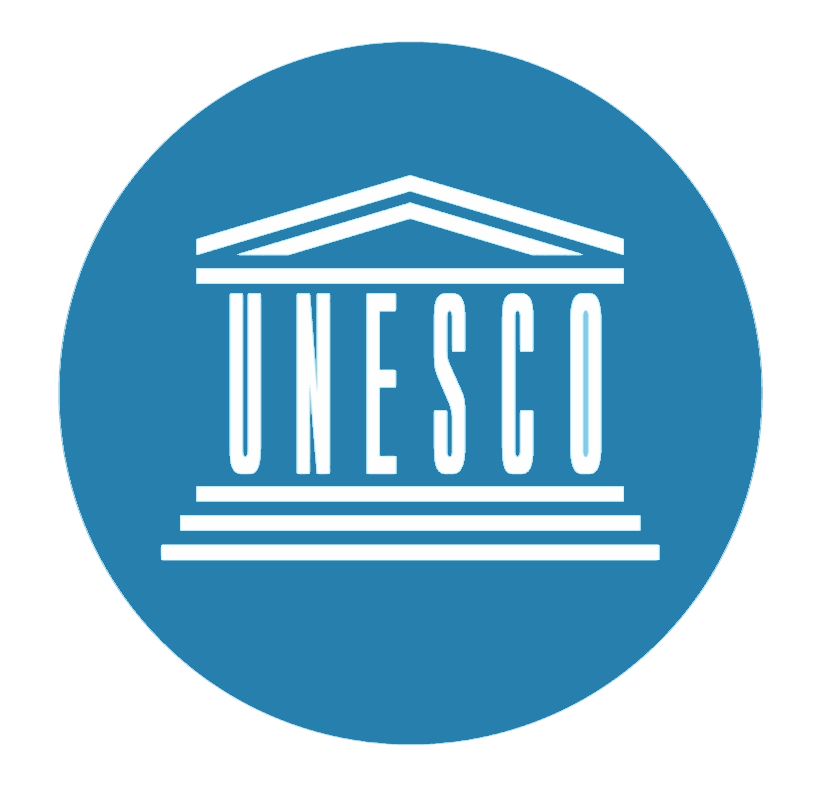 World Heritage
World Heritage
 Civilization
Civilization
 Economy and trade
Economy and trade
 Architecture
Architecture
 Music
Music
 Transport and traffic
Transport and traffic